Chronoswiss
Alternative Aesthetic
What exactly are regulator watches? They are, strictly speaking, not complicated watches since they do nothing more than show the time in a distinct manner. A regulator watch is typically a watch that has one large hand in the center indicating the minutes, with the hours and seconds shown on separate smaller subdials. This curious aesthetic — where the hours, minutes and seconds are segregated on the dial — has afforded contemporary watchmakers opportunities for artistic creativity and technical innovation. Nevertheless, regulator watches have remained relatively uncommon and are rarely the stars of the show in watch launches.
But in the last two years or so, things have changed somewhat. Regulator watches have gained significant visibility, thanks to the remarkable resurgence of Swiss watch brand Louis Erard and its artistic exploits. The brand has given life to a handful of beautiful special editions, with the standouts being its collaborations with renowned independent watchmaker Vianney Halter and architect-turned-watch-designer Alain Silberstein. However, it should be recognized that the great motivator of this style of watches is, in fact, Chronoswiss — the brand has been synonymous with regulator watches since the late 1980s.
Established by German watchmaker Gerd-Rüdiger Lang in Munich in 1983, with its current CEO and owner Oliver Ebstein assuming proprietorship in 2012, Chronoswiss was the brand that perfected the regulator wristwatch format.
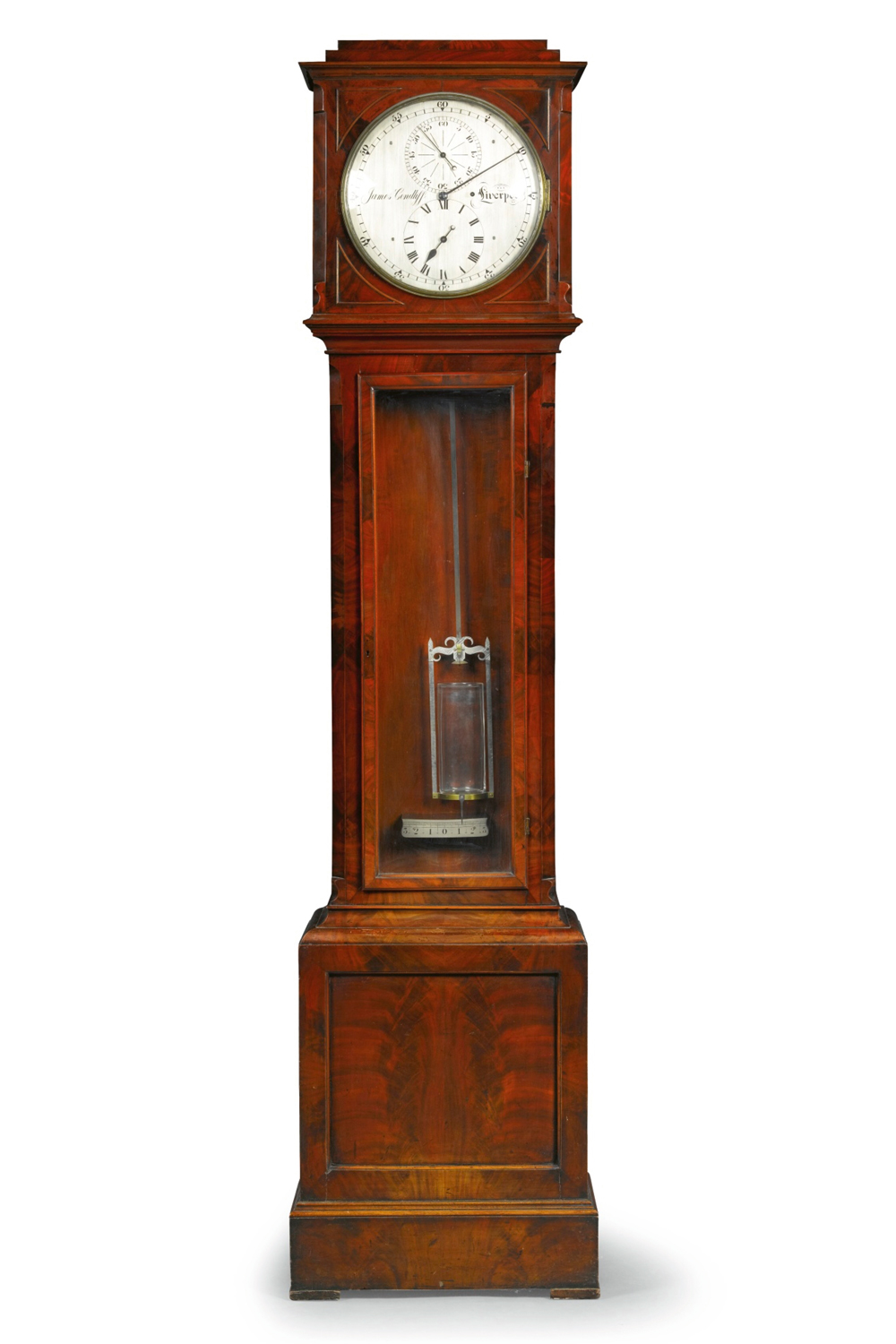
Reference regulators, like this English grandfather clock from the 18th century, were used as master devices to adjust new watches (Image: Sotheby’s)
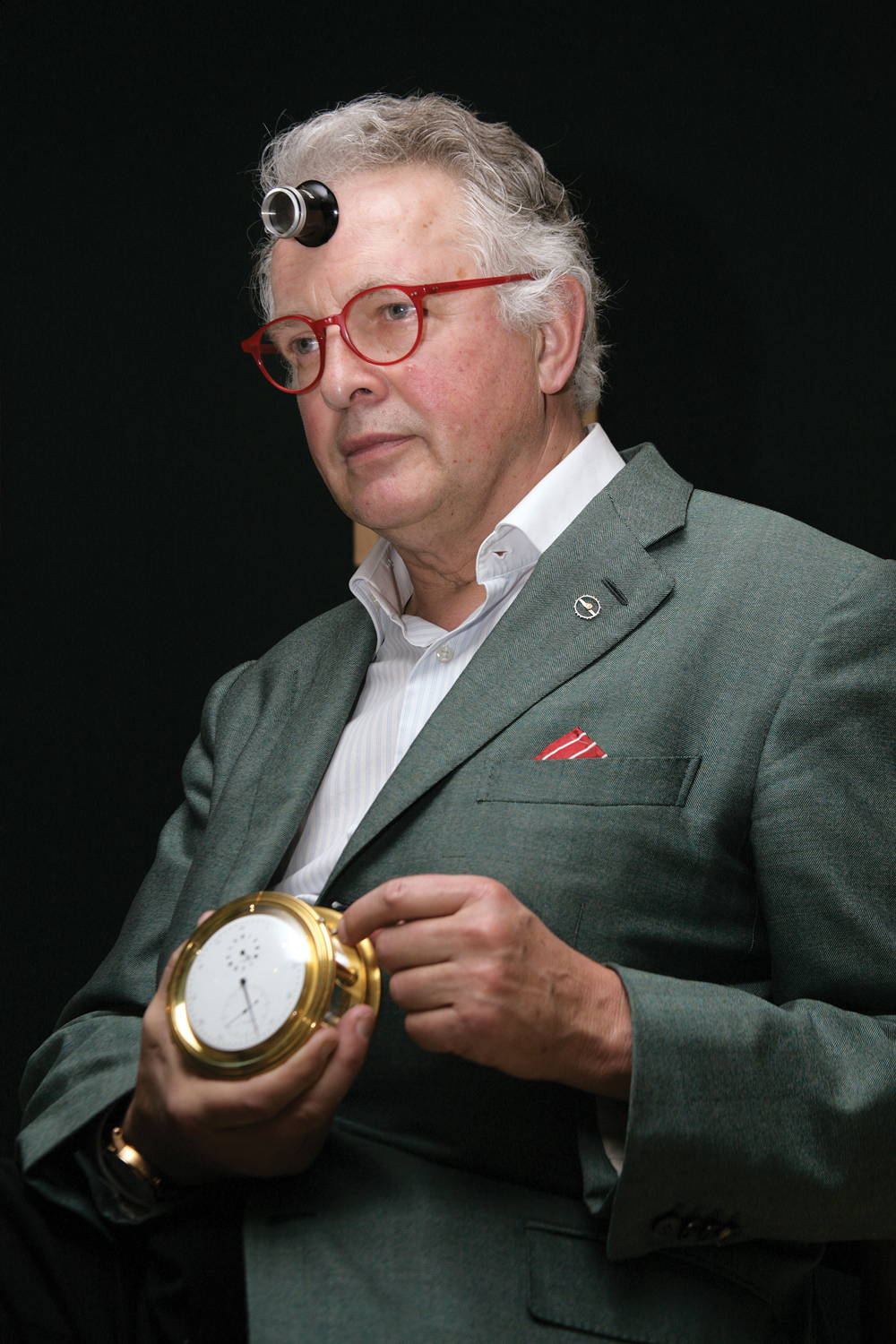
Gerd-Rüdiger Lang holding a Ferdinand Berthoud Marine Chronometer Regulator in 2007.
The Chronoswiss Régulateur
Chronoswiss drove the wrist-worn regulator’s development in the 1980s, thanks to the efforts of Gerd-Rüdiger Lang, the German watchmaker and founder of the house initially based in Munich. In 1983, Lang founded the brand with an eye on watchmaking innovation while staying rooted in centuries-old horological traditions. At that time, the effects of the Quartz Crisis were still being felt. Lang desired to recover the genuine savoir faire of mechanical watchmaking. Happily, he had the resources — parts, tools and will — to begin. But it was in 1987 when he changed the course of Chronoswiss with the appearance of its first wristwatch regulator.
That year, Lang debuted the Chronoswiss Régulateur, a watch with a dial quite out of the ordinary — “deconstructed,” some would say — where instead of having the hands anchored around the same central axis in the middle of the watch, each would be in separate places: the hours in its own small subdial at 12 o’clock; in the center, the usual minute hand; and at six o’clock, the small running seconds.
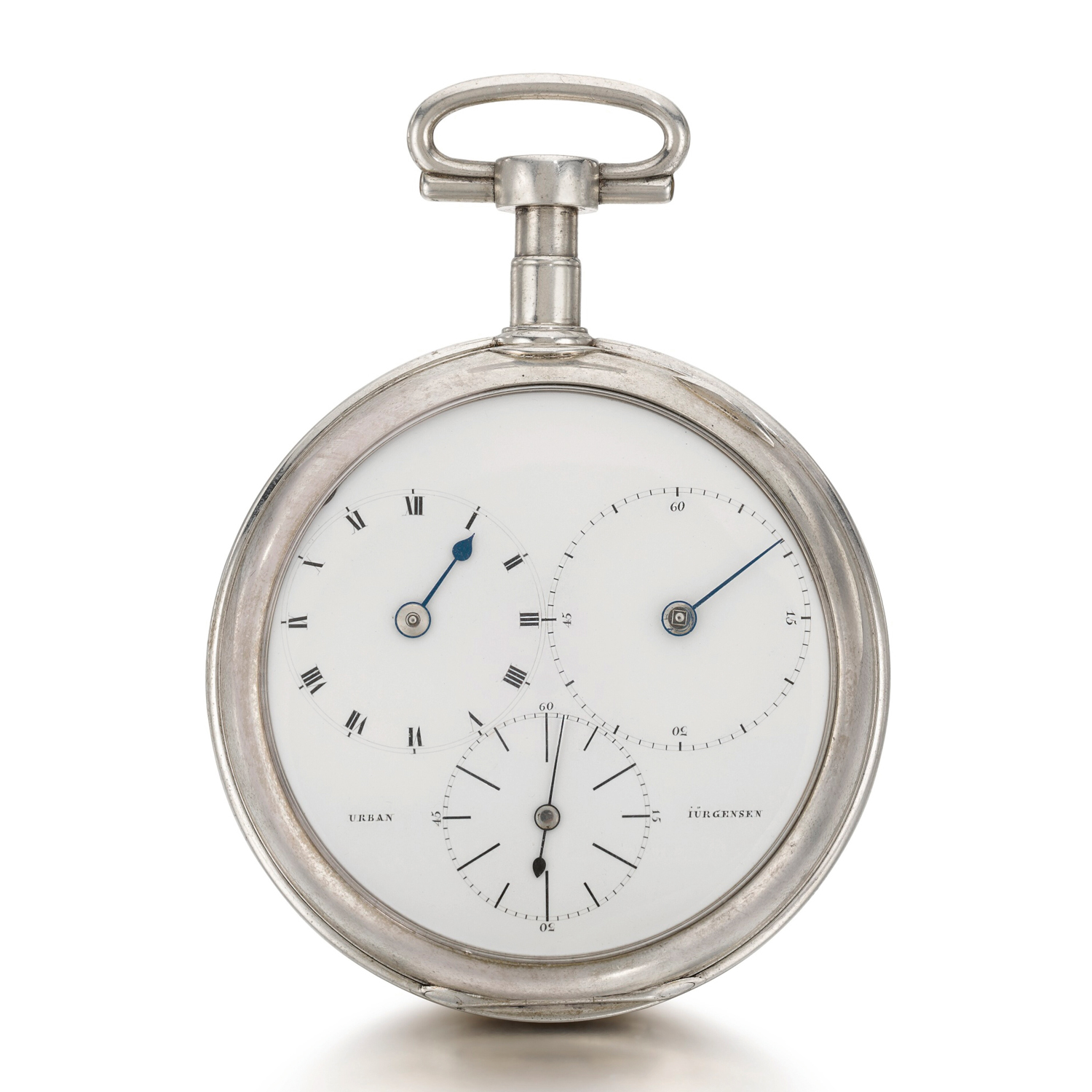
A beautiful Urban Jurgensen chronometer regulator from 1820. (Image: Sotheby’s)
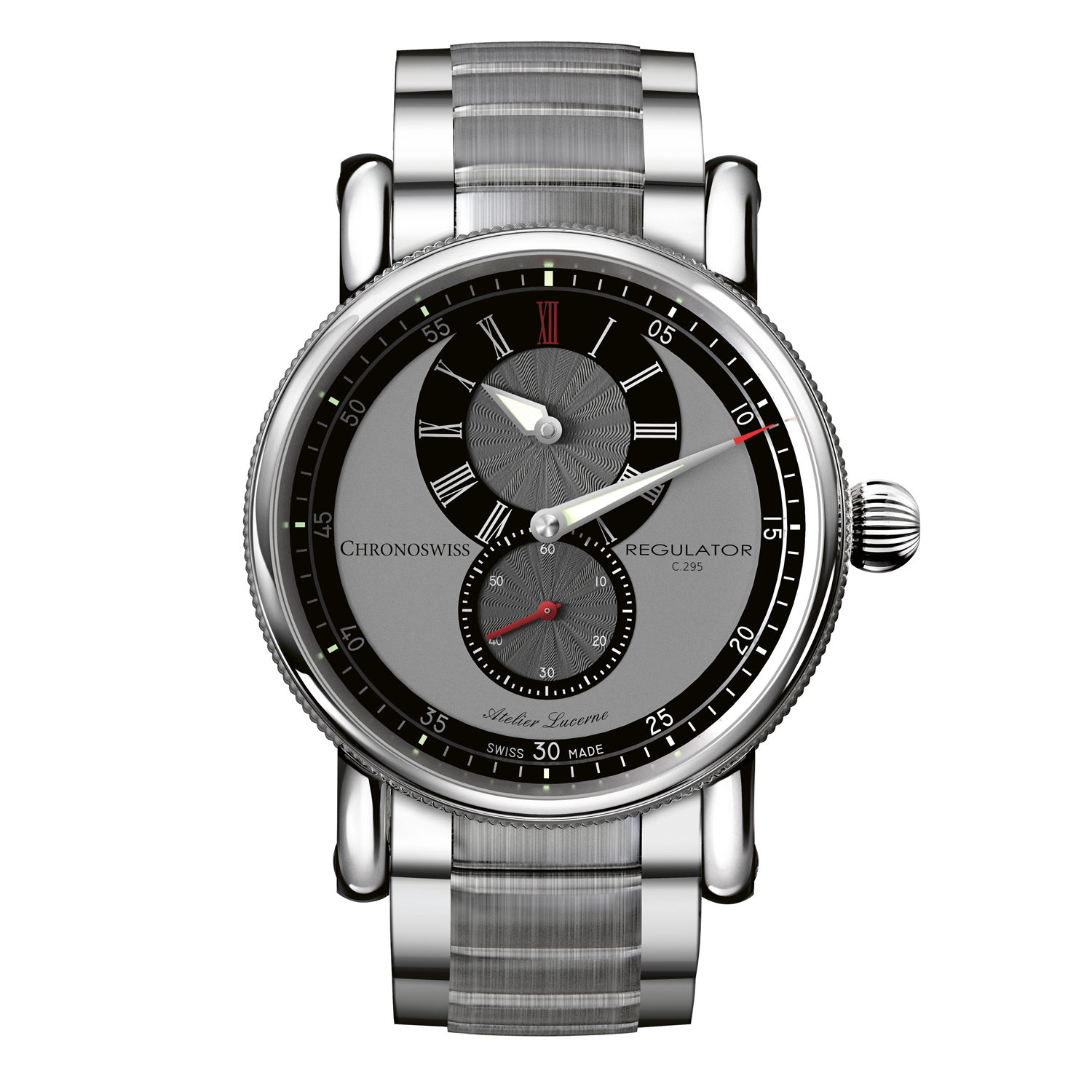
Chronoswiss has kept a steady flow of regulators for the past 30 years, including some varied, affordable timepieces like the essential Regulator Classic (ref. CH-4023-GRBK)
For his first Chronoswiss regulators, Lang used large mechanical calibers — both Enicar and Unitas — which he modified to achieve the differentiated display. In 1987, the first Chronoswiss Régulateur produced in series was powered by a hand wound movement. Shortly after, in 1990, Lang launched Chronoswiss’ first automatic Régulateur, employing the caliber 122, which was based on the Enicar caliber 165. As they say, the rest is history: Chronoswiss had established itself as the ultimate — and, back then, essentially the only — creator of regulator wristwatches.
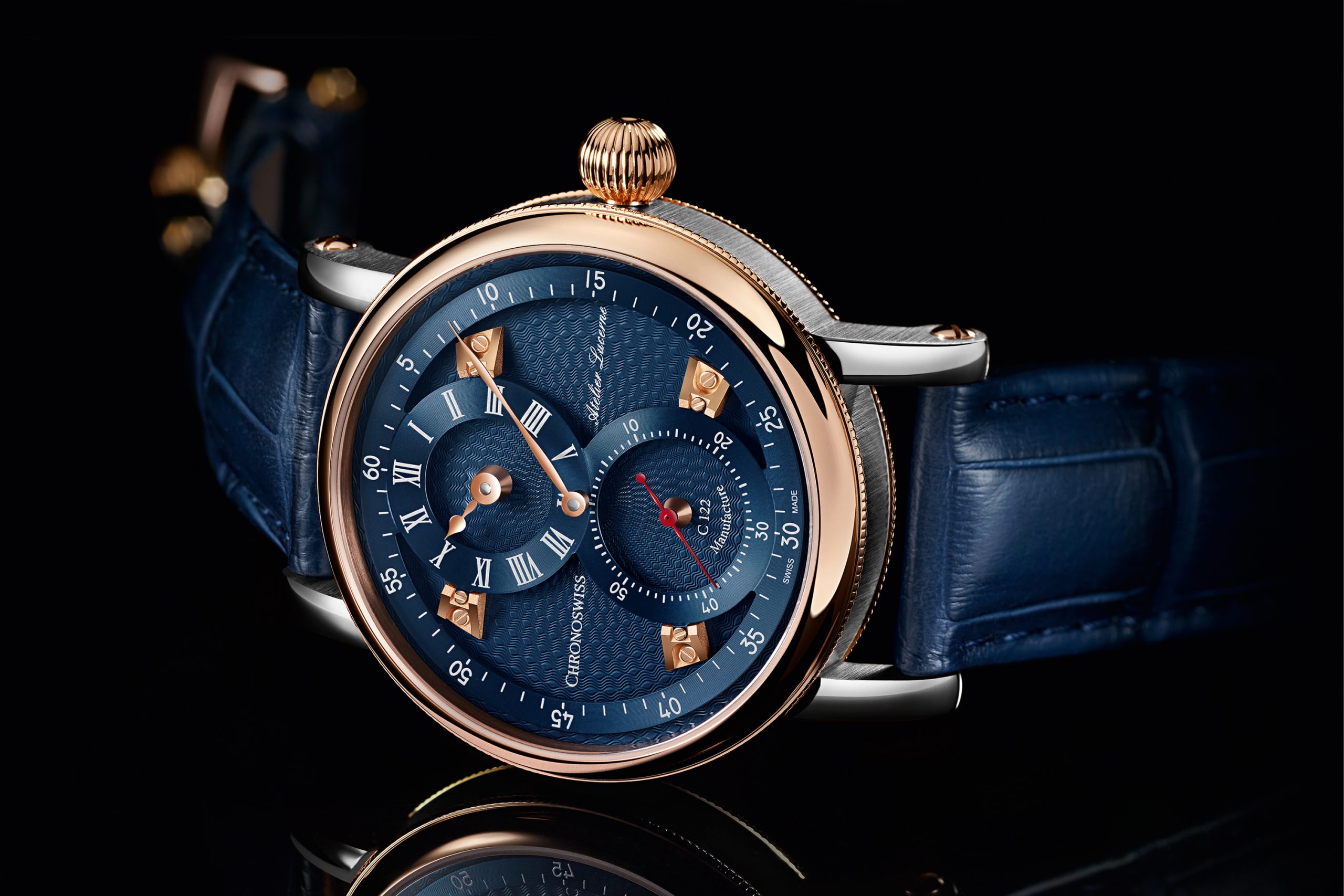
Chronoswiss has been the synonym for “regulator watch” since their first one was launched in 1987. In the image, Flying Regulator Manufacture in 18K red gold (ref. CH-1242.3-BLBL) equipped with the C.122 automatic manufacture movement
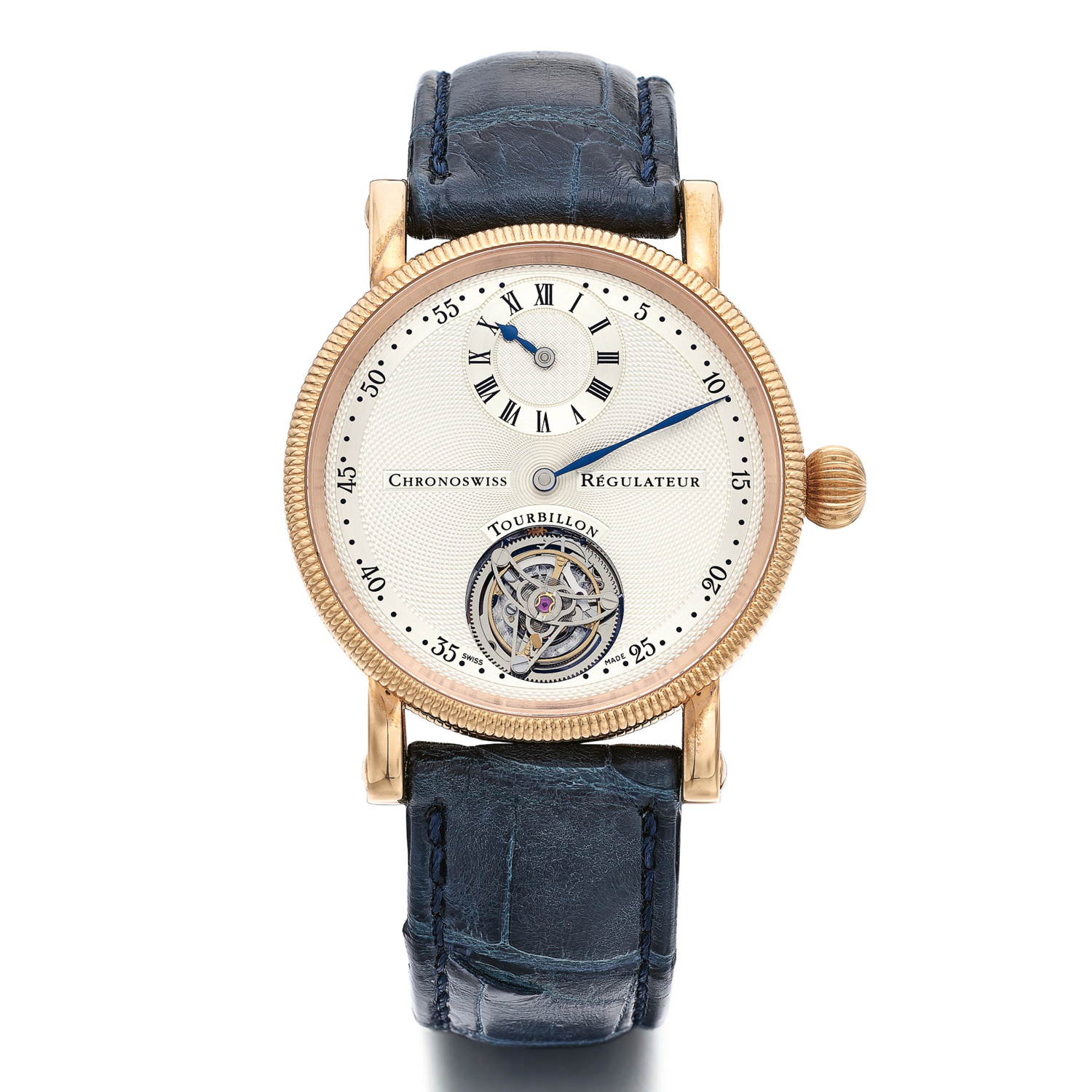
The original Chronoswiss Regulateur Tourbillon (2000) enhanced the design's possibilities and mechanics
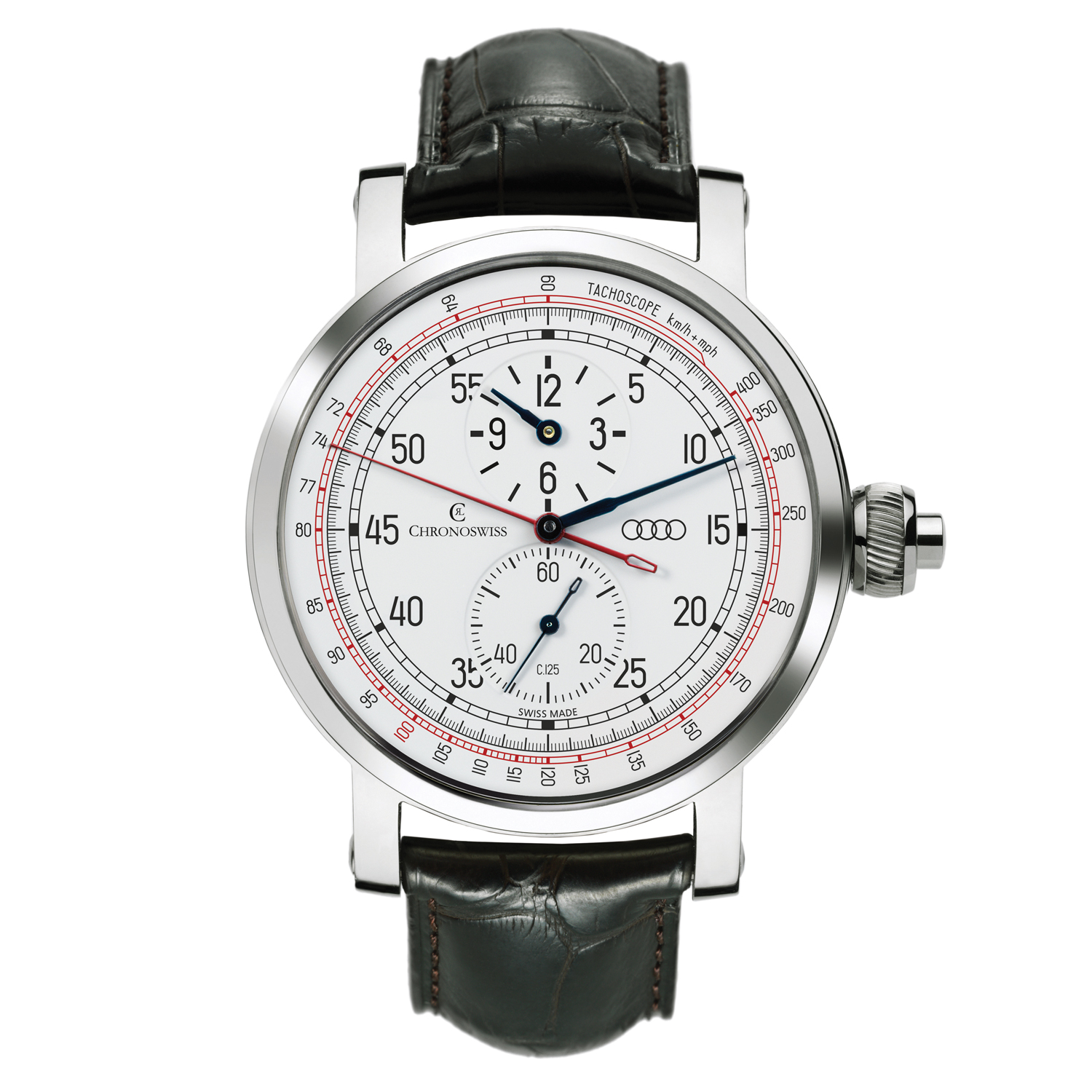
The Chronoscope (chronograph) appeared in the early 2000s, whereas the shown Tachoscope was made for Audi in 2009
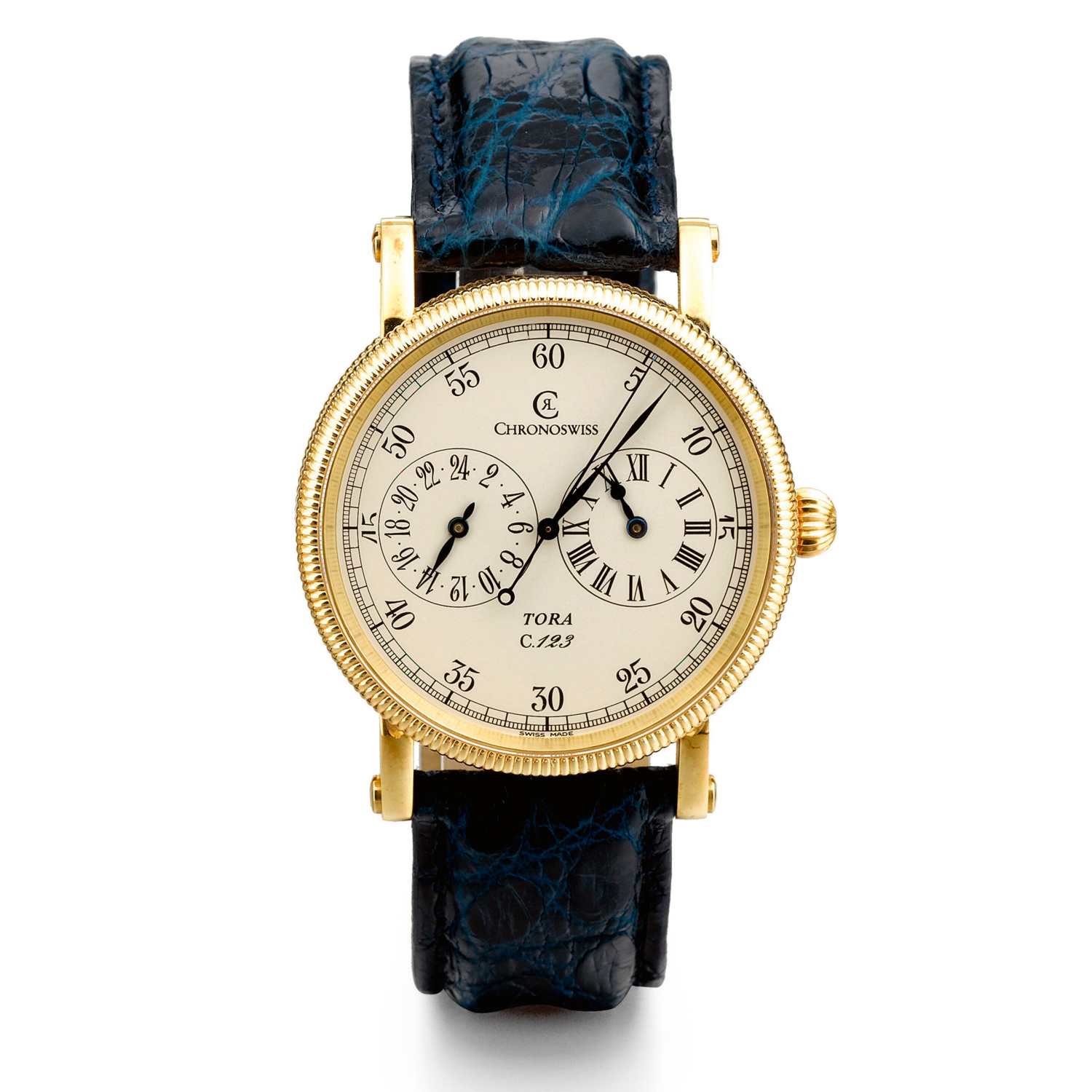
The brand played with the horizontal alignment of the sub-dials, but the idea did not catch on
Since then, regulators have been the lifeblood of the company. Although the Chronoswiss range is varied and rich in art and mechanics, the offer is over 70 percent concentrated on regulator watches. Within the current Skeltec, Heritage, Artistic and Sirius collections, we do find timepieces with the standard three-hand layout in various executions. Still, the regulators sustain the offer, doing so through numerous references with complications that have taken the regulator style to new aesthetic and functional territories.
The Transformation of Louis Erard
A second watch brand that has made regulators a core part of their identity is Louis Erard. The brand has made a huge impression in recent years with its sold-out collaborations with Vianney Halter and Alain Silberstein. Founded in 1929 in La Chaux-de-Fonds, the company began as a watchmaking school, and later, in 1931, in addition to casing activities for third parties, began to manufacture and market its own watches.
The Louis Erard company maintained its specialization as a subcontractor for other houses throughout the 20th century while continuing with its own creations and innovations. Possibly the most important of its innovations relates to the development of its regulators, which occurred well into the 1980s when the brand experimented with the legendary mechanical caliber Peseux 7001, adding a power reserve indicator and a regulator-type display. Today, that modernized movement remains a brand exclusive, and we see it shining in the Excellence series of regulators. In 2003, under Alain Spinedi, Louis Erard began its new era, following a relaunch that put the regulator watch concept front and center under an accessible pricing scheme with a modern brand strategy.
Since then, the house has been known and recognized for its range of regulators. But it was in 2019 that Manuel Emch — then playing an external consultant role and today part of the board of directors — accelerated Louis Erard’s remarkable turn of reinvention through the creation of new Excellence regulators in partnership with artists and creators like Halter, Silberstein and Atelier oï. These new regulators — all part of limited editions of 178 pieces — have made the firm take off, imbuing the brand with a friendly, cheerful and accessible aura that has been recognized and praised by connoisseurs and watchmaking enthusiasts around the world.
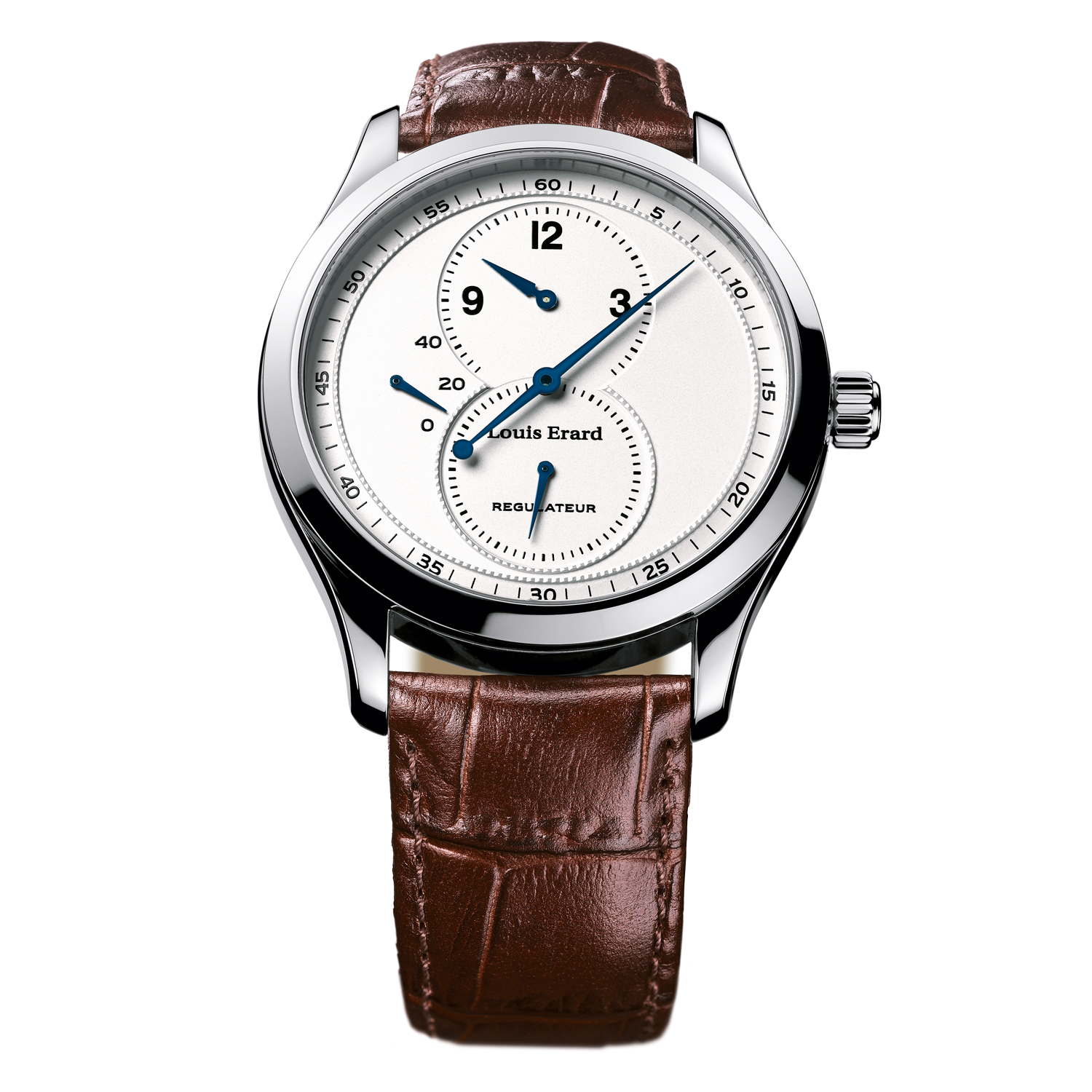
The Excellence Régulateur
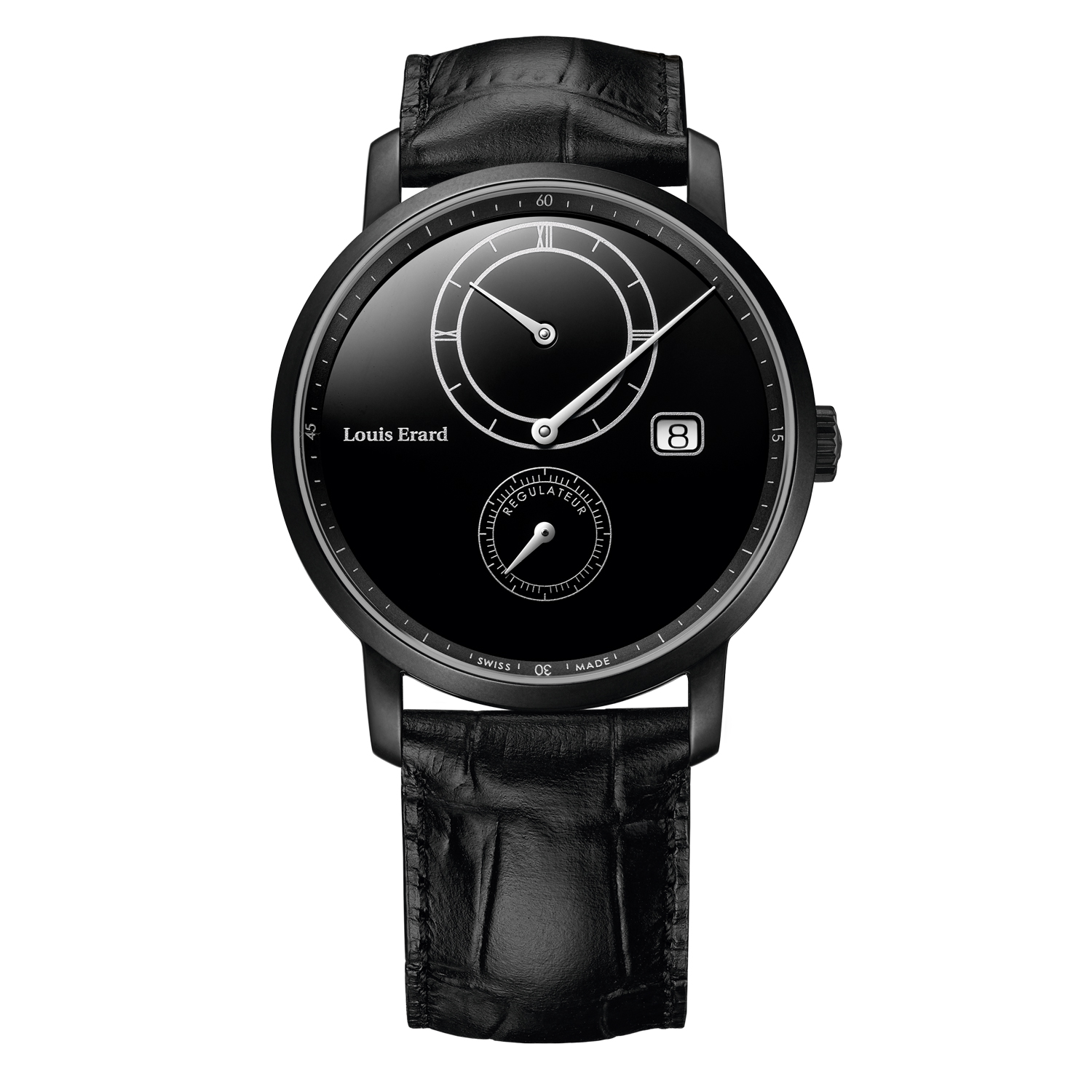
Le Régulateur Louis Erard x Eric Giroud
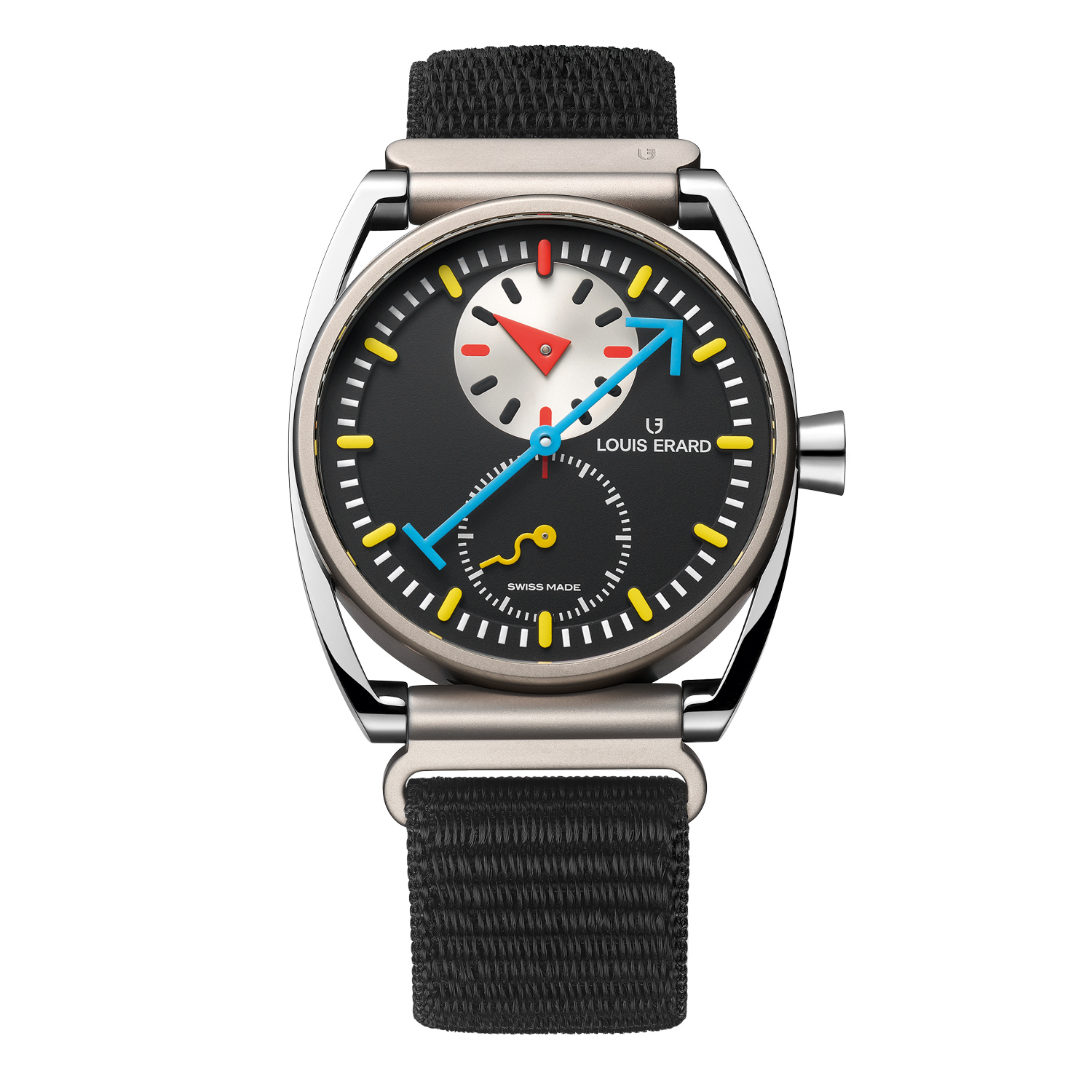
Le Régulateur II Louis Erard x Alain Silberstein
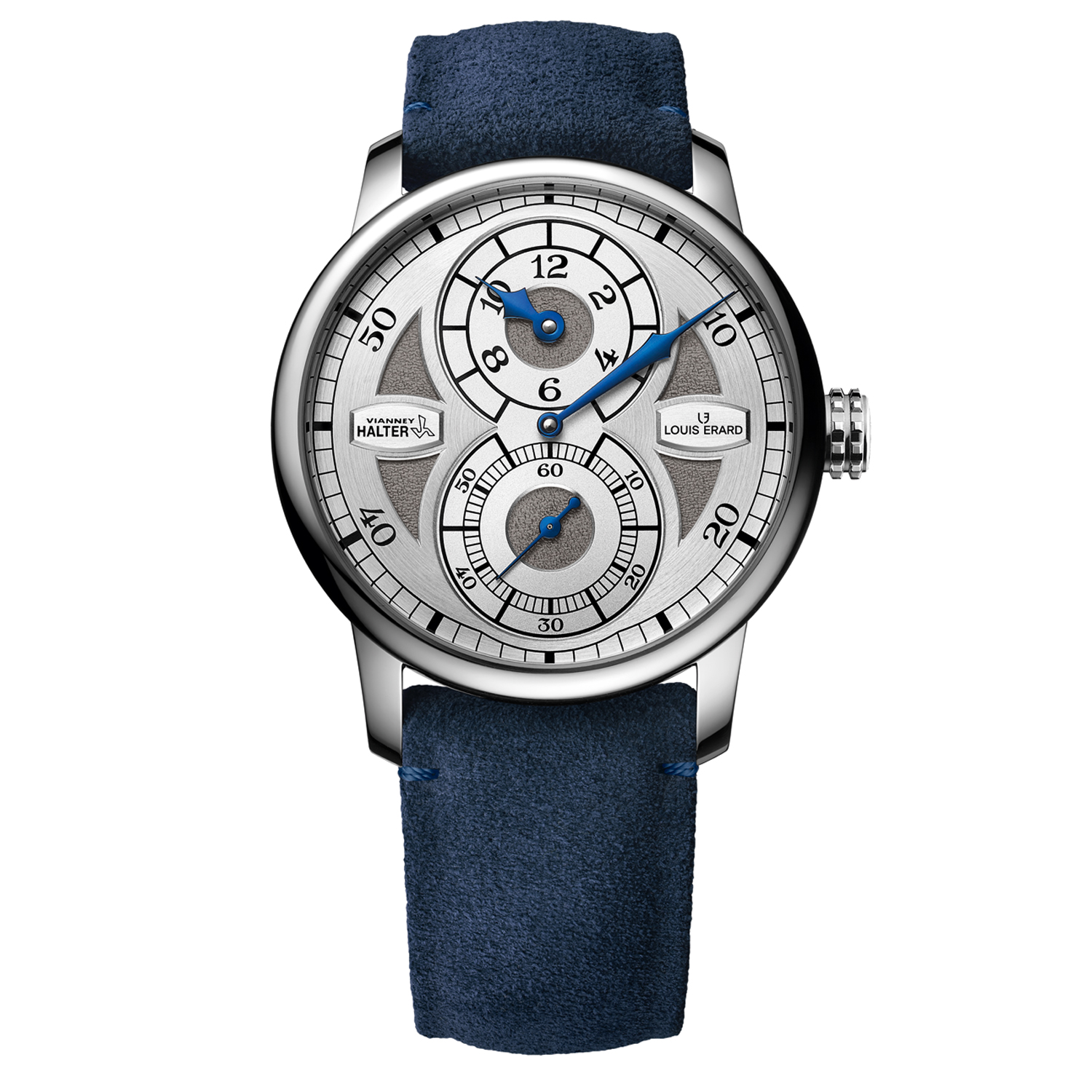
Le Régulateur Louis Erard x Vianney Halter
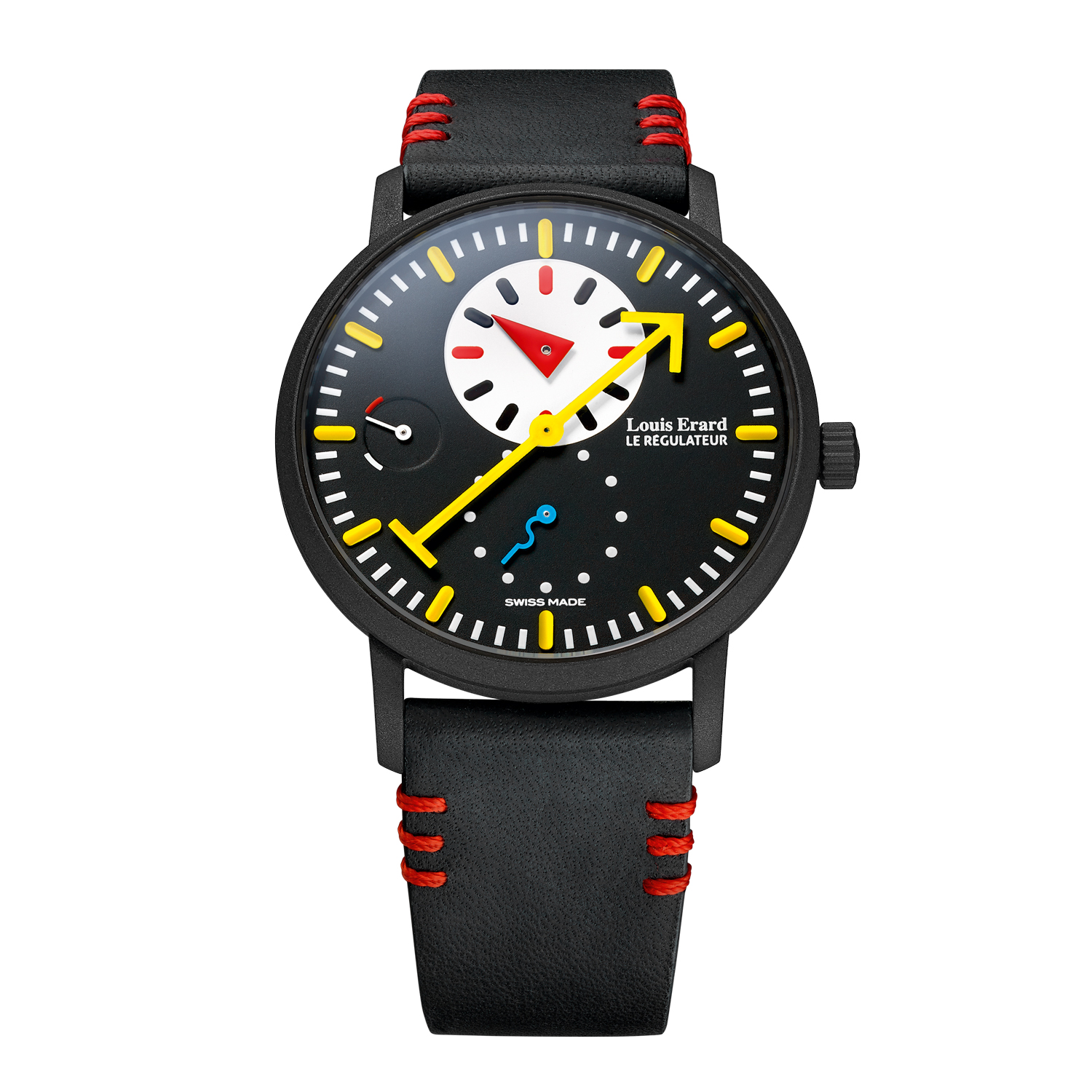
Le Régulateur Louis Erard x Alain Silberstein, the regulator that kickstarted the brand's current momentum
Regulators with a Twist
As we have seen, the principle that gave rise to regulator watches was to achieve a differentiated reading of hours, minutes and seconds, as happened with their predecessors, the historic regulator instruments from over 200 years ago. But given that the raison d’être of regulators has changed from being a reference for timing accuracy to the aesthetical, it was logical that little by little new functions and indications would be incorporated to suit the tastes of the modern consumer.
To a large extent, Chronoswiss has been responsible for bringing about the evolution of regulators. As mentioned earlier, Chronoswiss developed the first regulator watch with a tourbillon in 2000. However, it took some years for other indications to be added to the dial, with the first being the date display (around 2010). More recently, Chronoswiss has taken its regulators to new heights by adding exclusive calibers to the most significant references while finding ways to embellish and enrich them with functions such as day and night indicators, large dates, skeletonized and openworked dials, retrograde seconds hands — like that of the superb Regulator ReSec — and, of course, more tourbillons. New materials and colors have been added to boot, with most available in limited yet affordable editions.
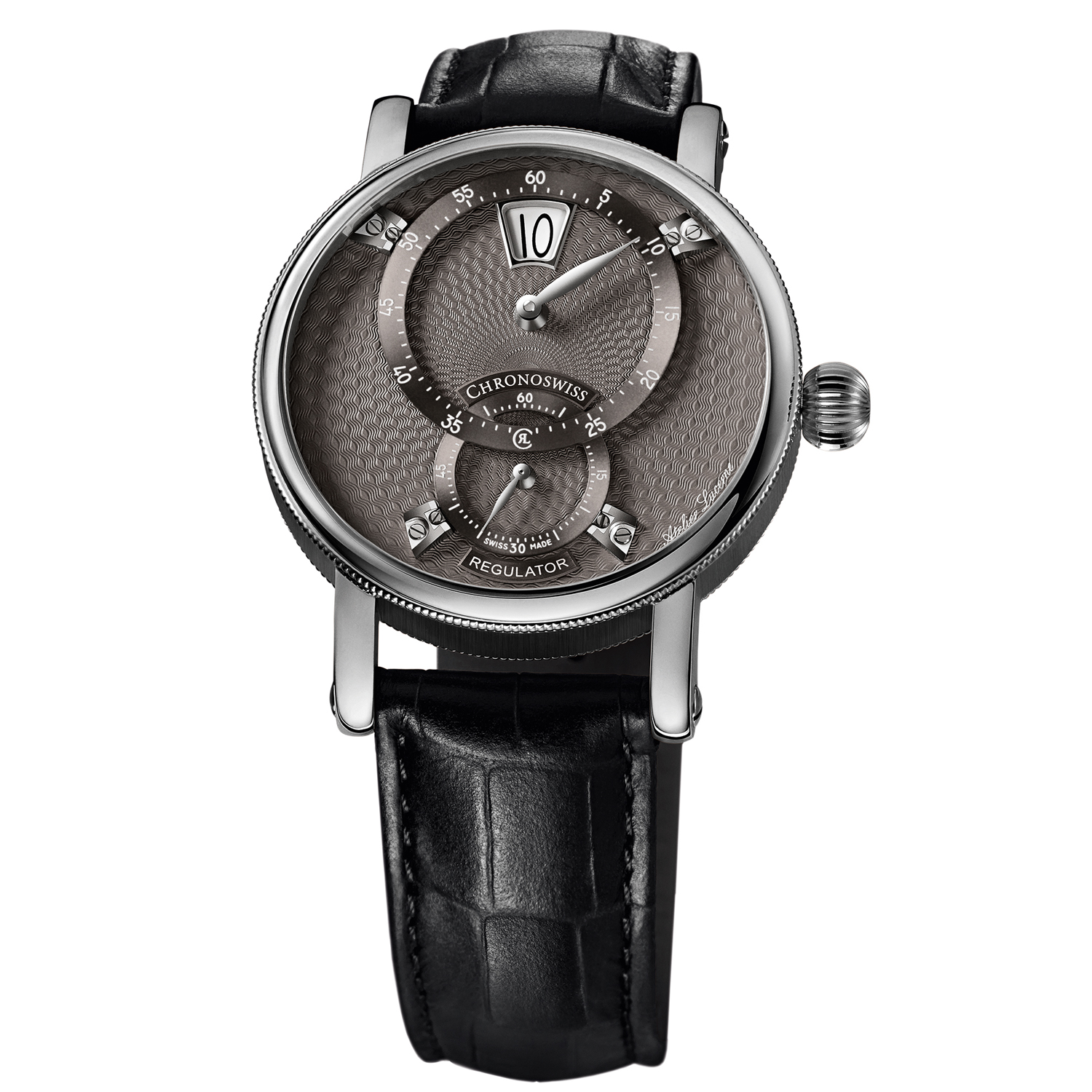
Flying Regulator Jumping Hour (ref. CH-8323-GRGR)
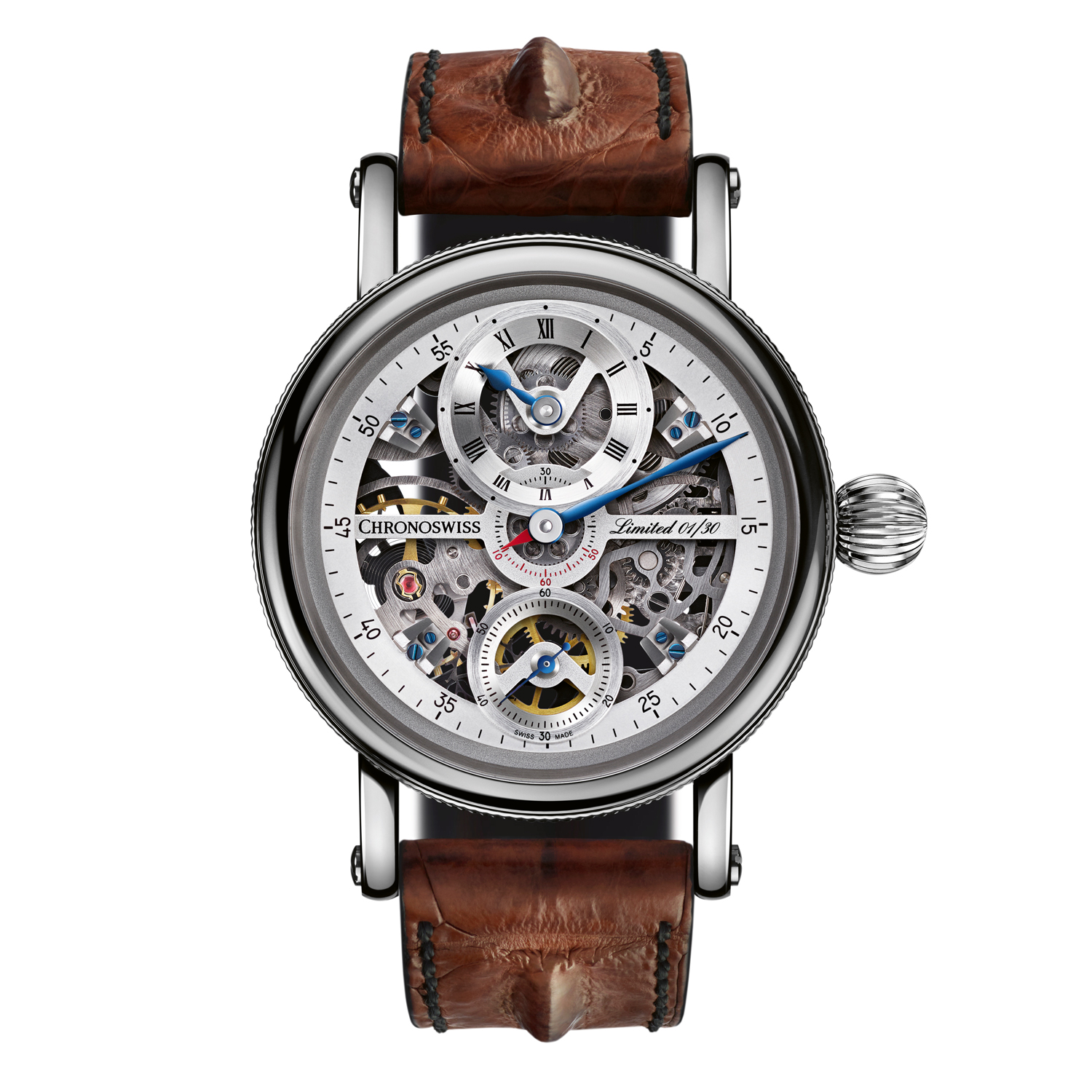
Flying Grand Regulator Skeleton (ref. CH-6732S- SISI)
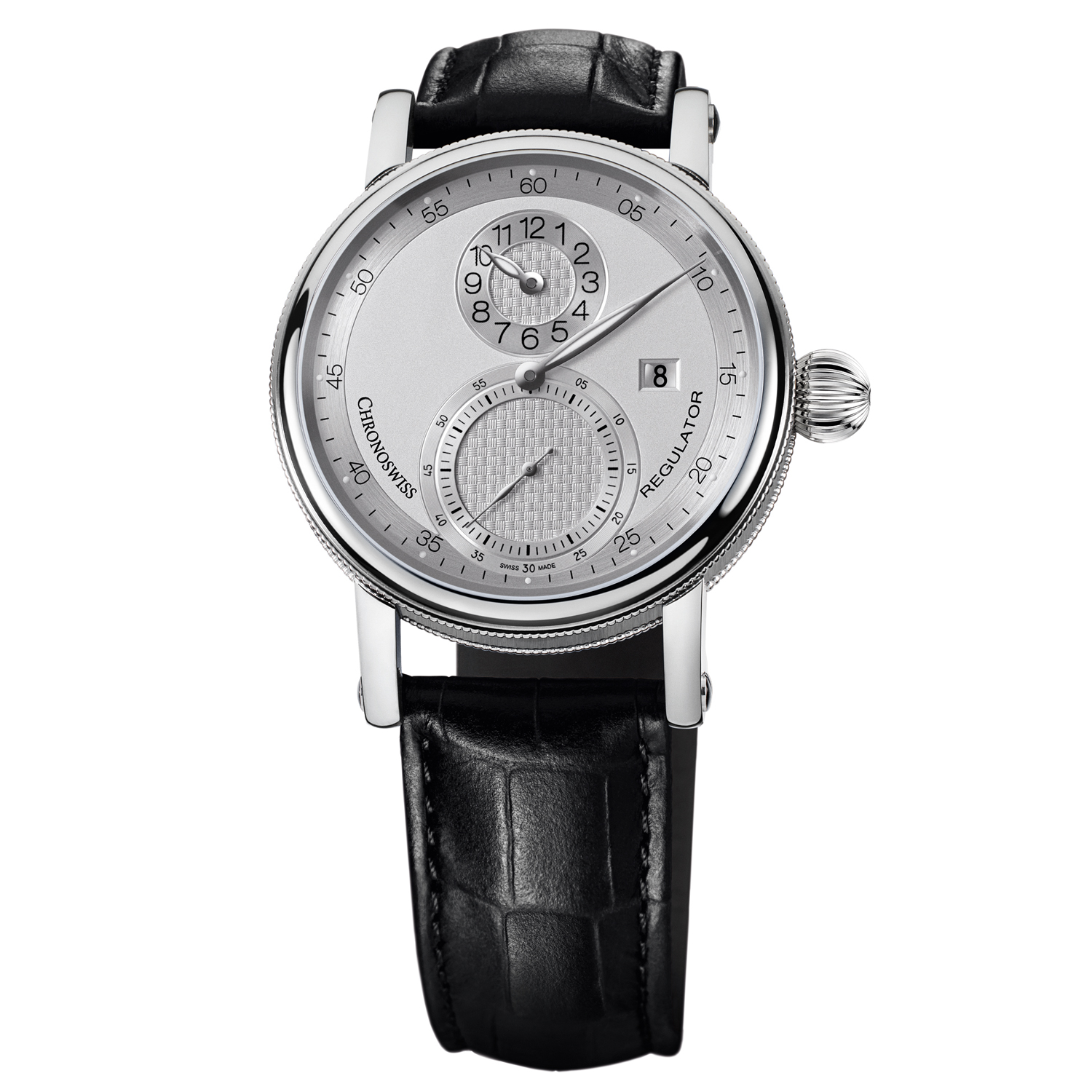
Regulator Classic Date (ref. CH-8733-SI)
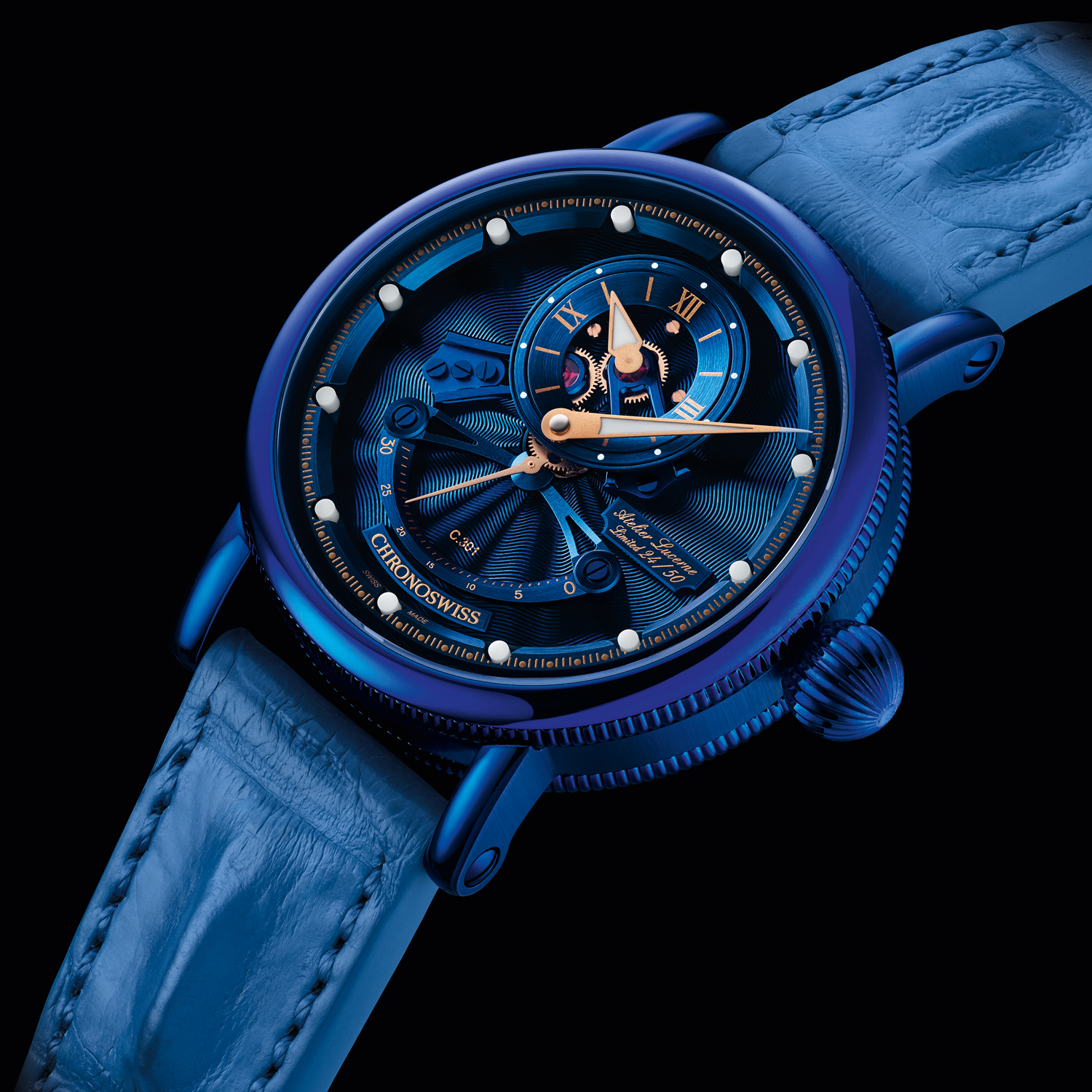
Flying Regulator Open Gear Resec Blue Gold Limited edition (ref. CH-6926-BLGO) with its retrograde 30-second indication at 6 o’clock
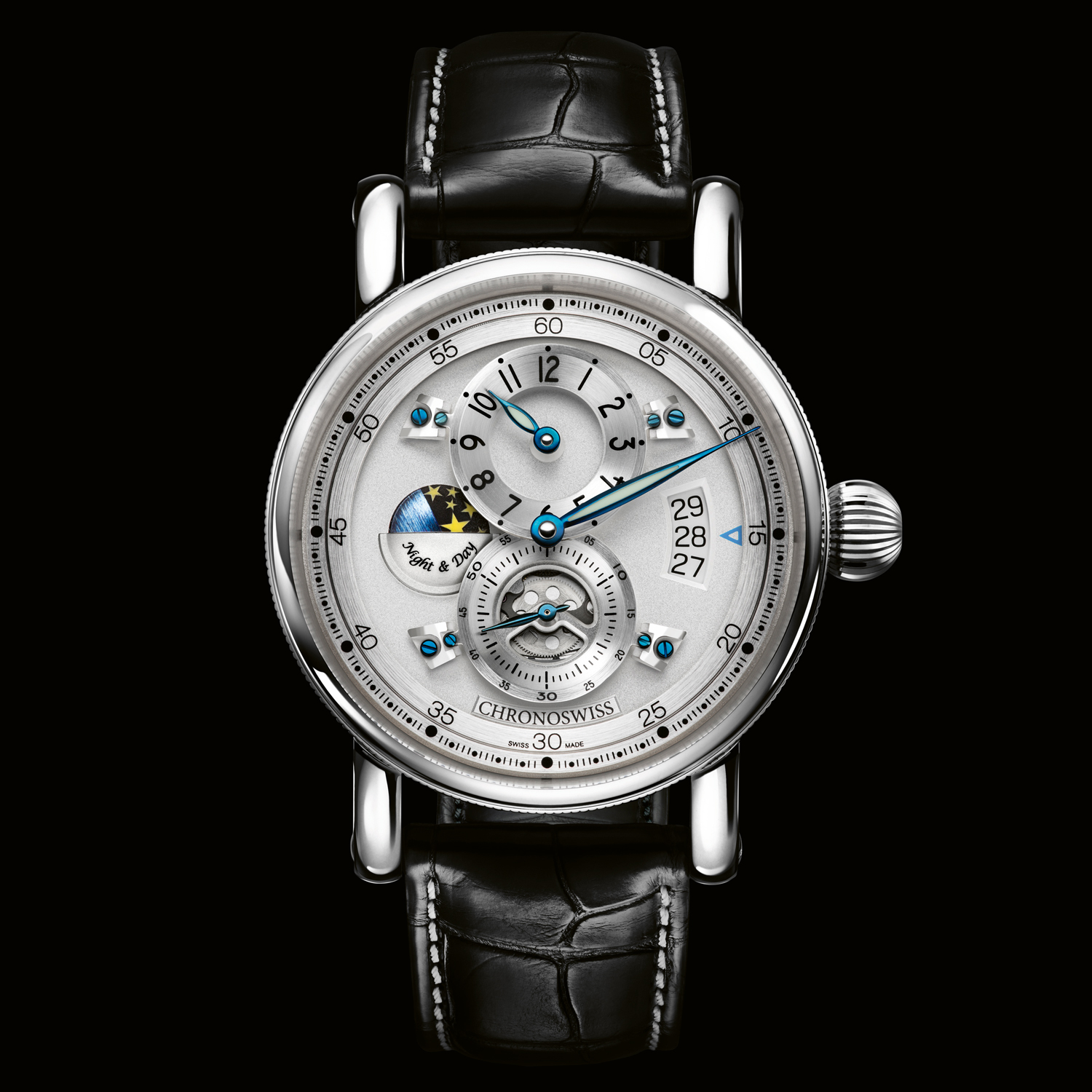
Flying Regulator Night and Day (ref. CH-8763- SISI)

Flying Grand Regulator Limited Edition in yellow (ref. CH-6725-YEBK)
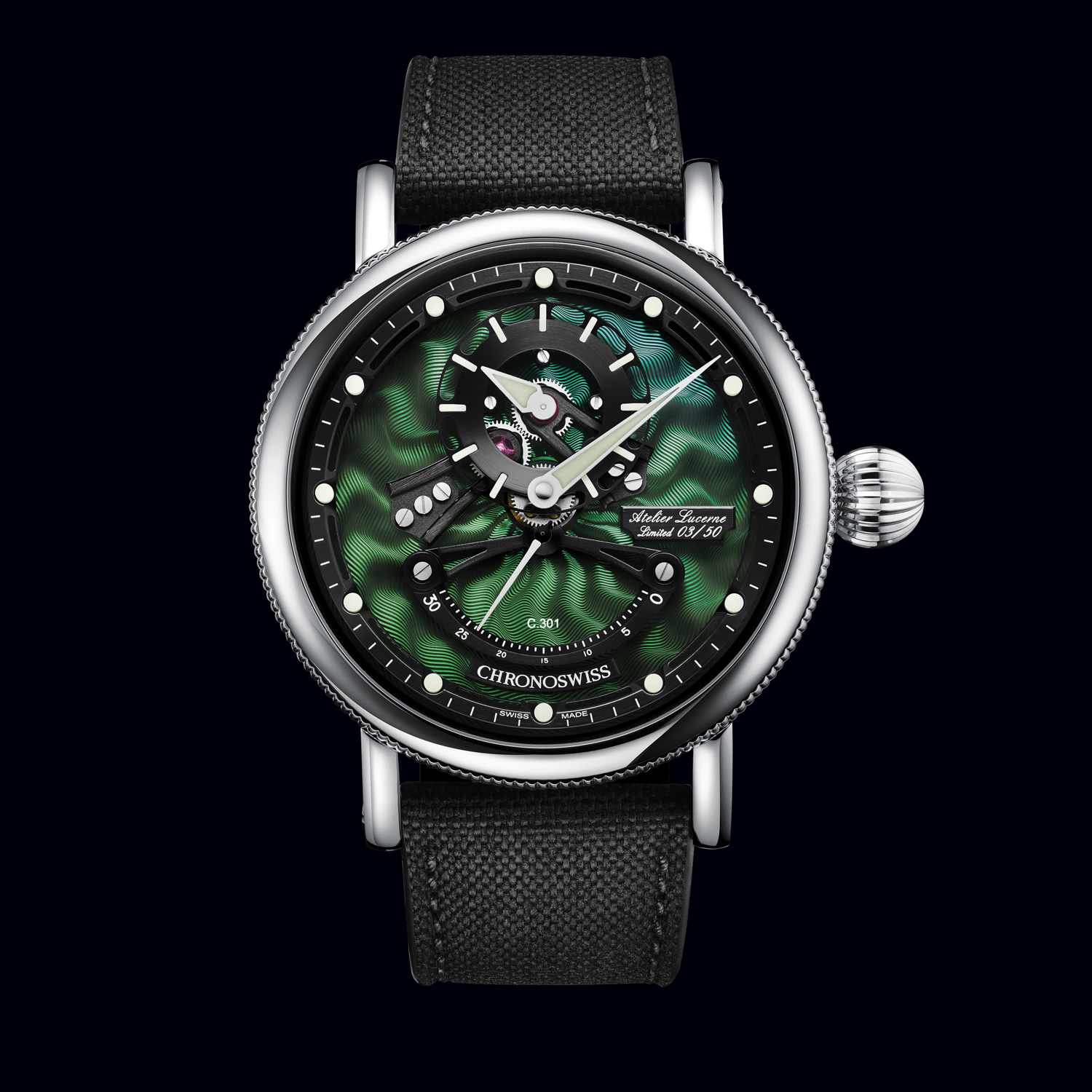
Regulator Open Gear "Jungle" (ref. CH-6923-DGRBK)
Regulators on Our Radar
From Tissot, Oris and Hamilton, to Franck Muller, Chopard, Breguet and Vacheron Constantin, regulator watches have found a place in both the accessible and haute horlogerie collections of a number of watch brands. While regulator watches may not be central to their brand identity (as they have been for Chronoswiss and Louis Erard), these watch companies have contributed to the range of regulators available by playing with the visuals of the concept and adding their own flavor and flair.
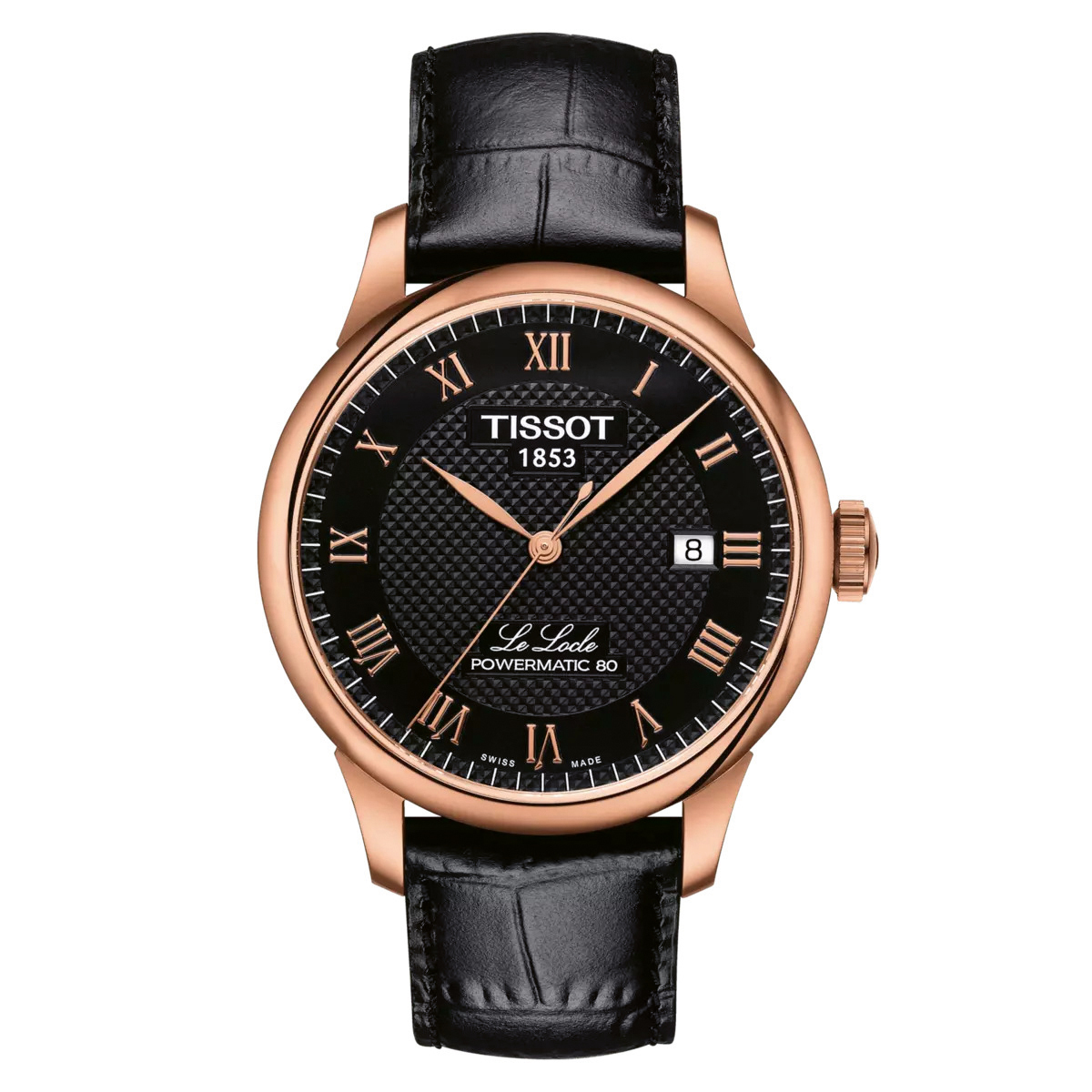
Tissot Le Locle Regulator
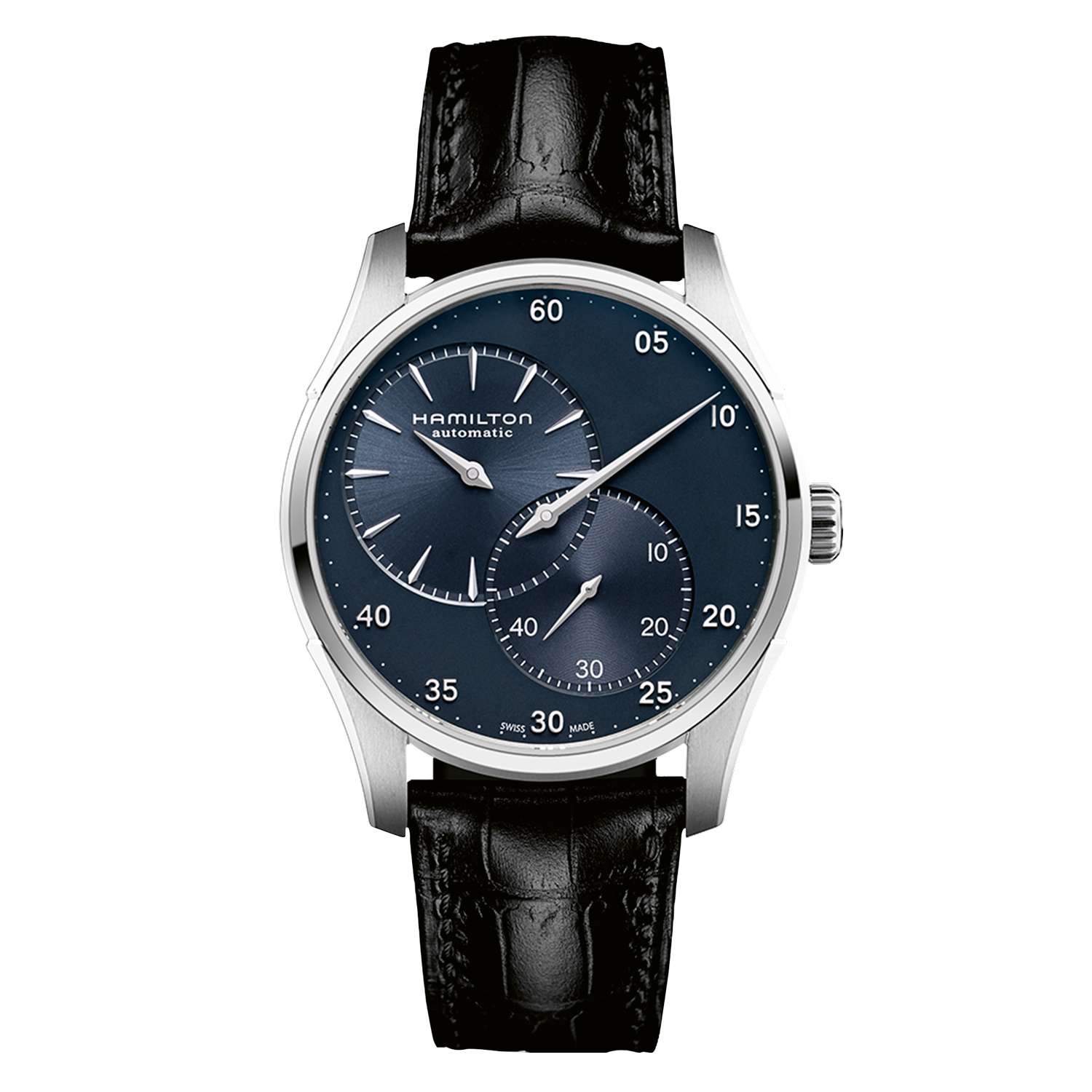
Hamilton Jazzmaster Regulator
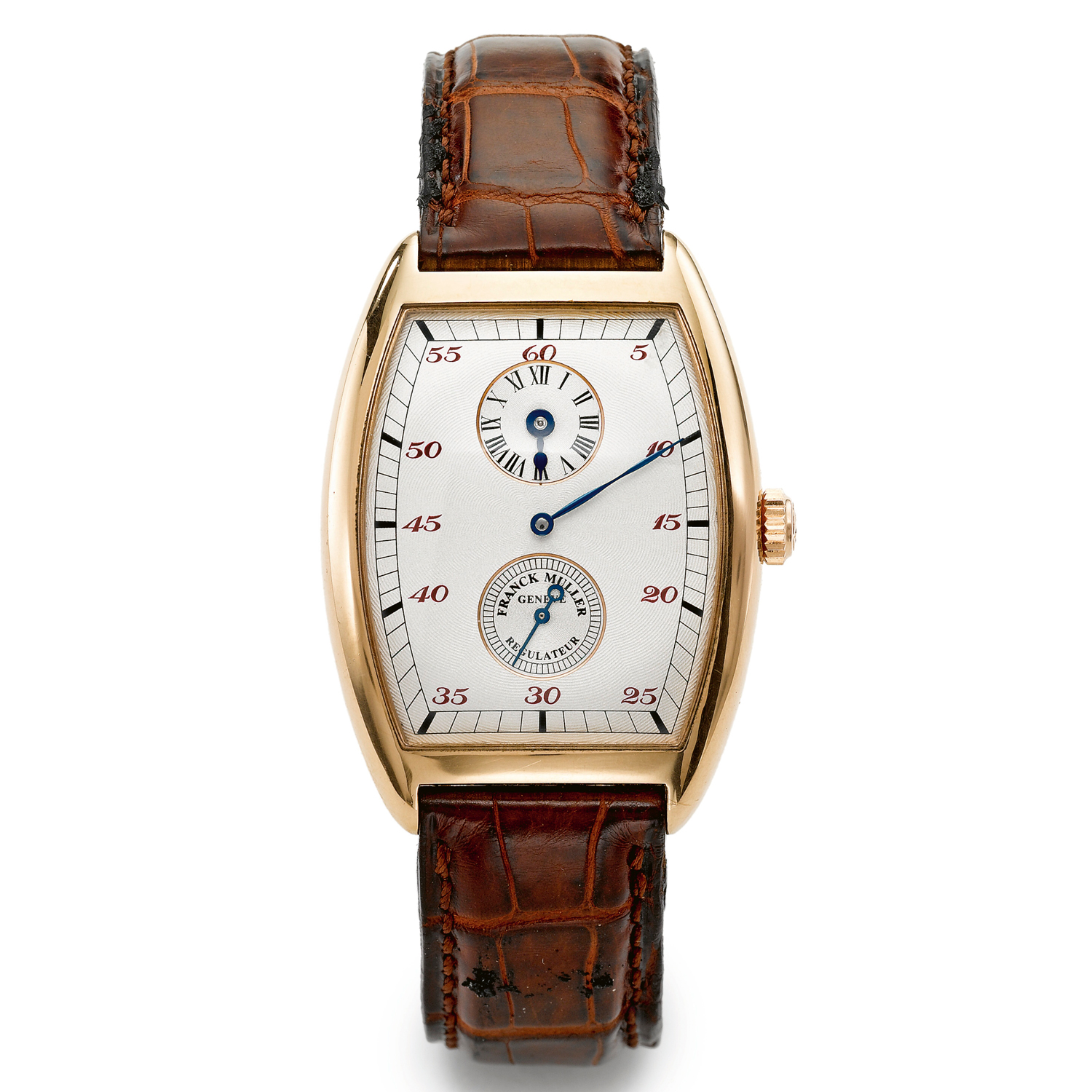
Franck Muller Regulator 18K
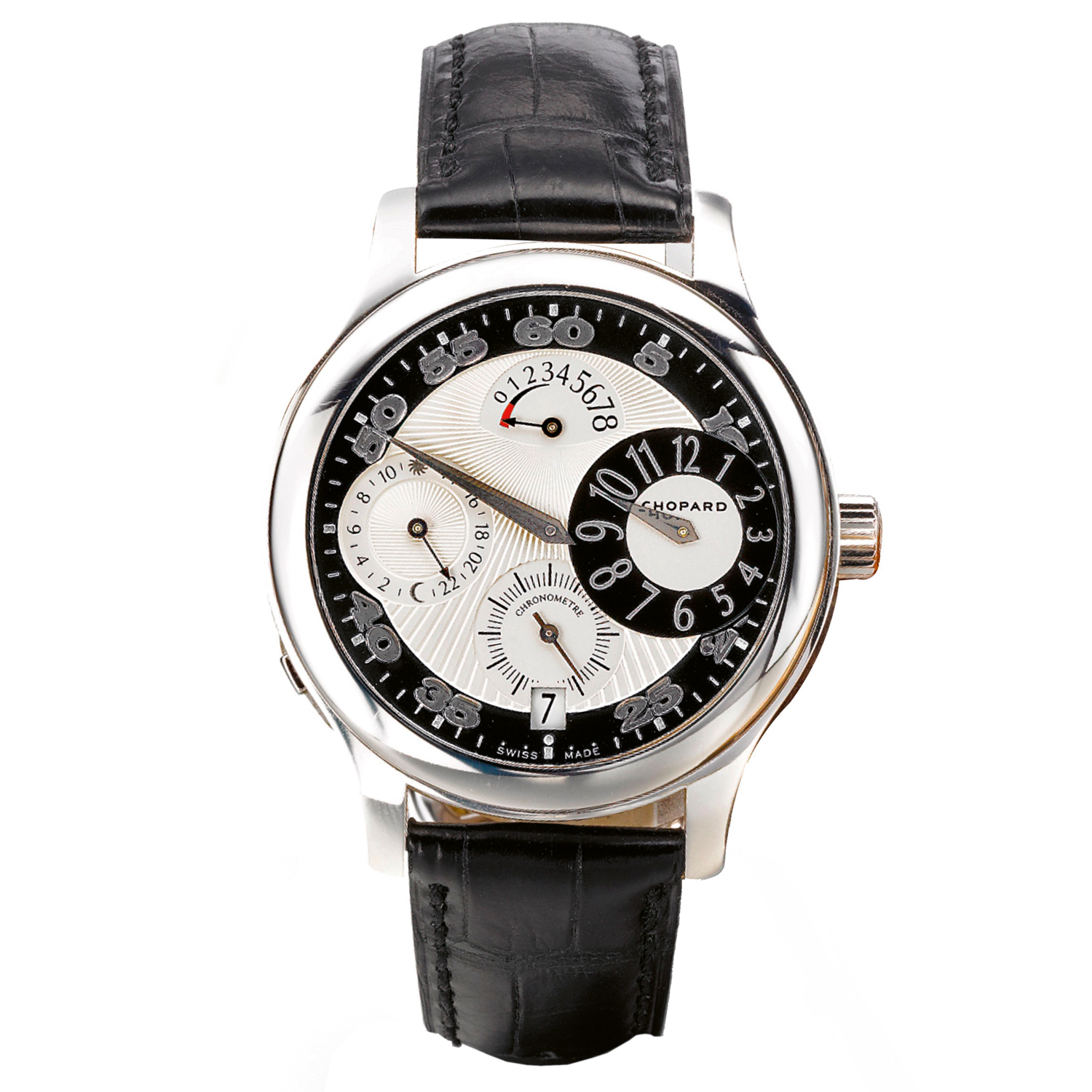
Chopard LUC 161874 Regulator
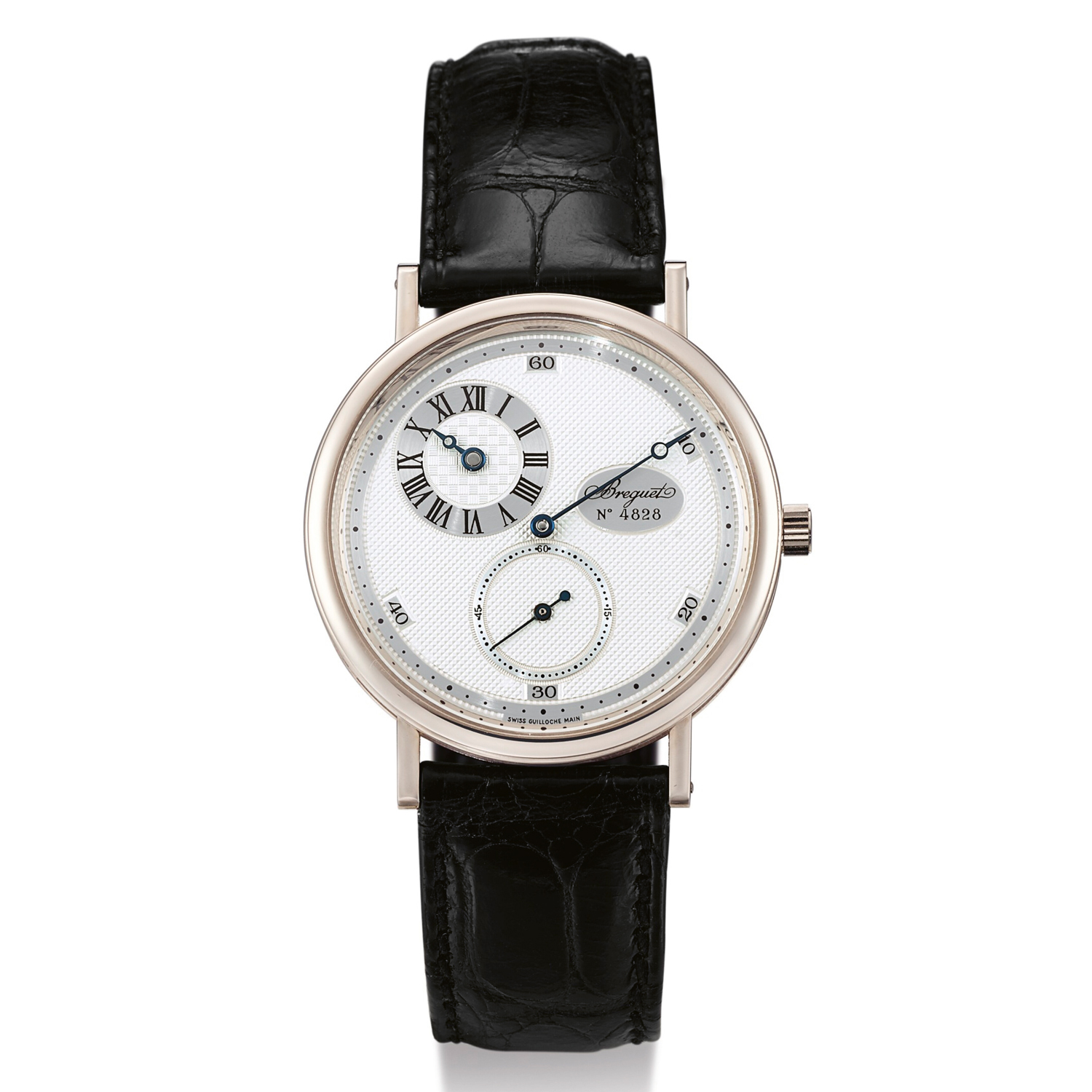
Breguet Classique Regulator 3699
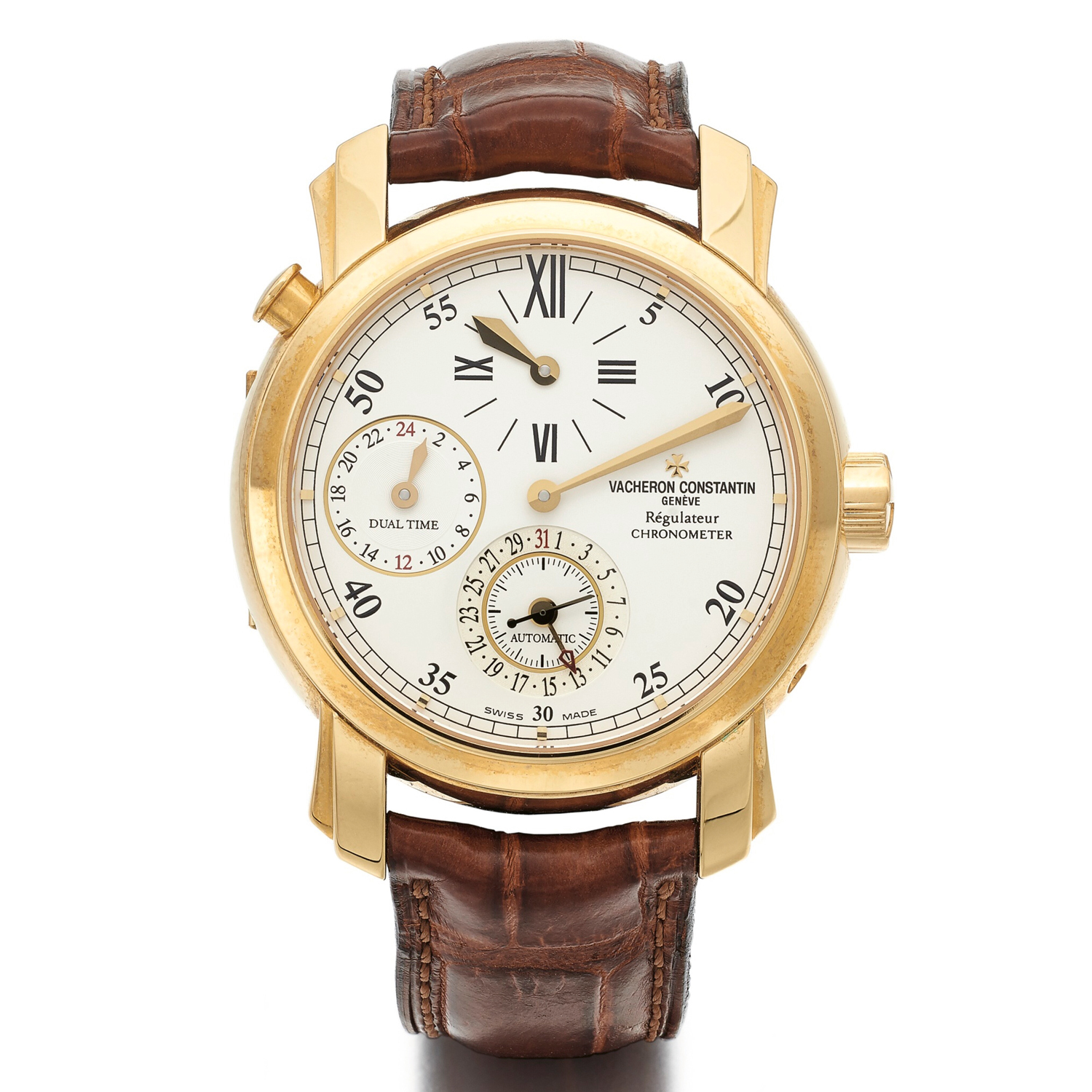
Vacheron Constantin Malte Dual Time Regulator
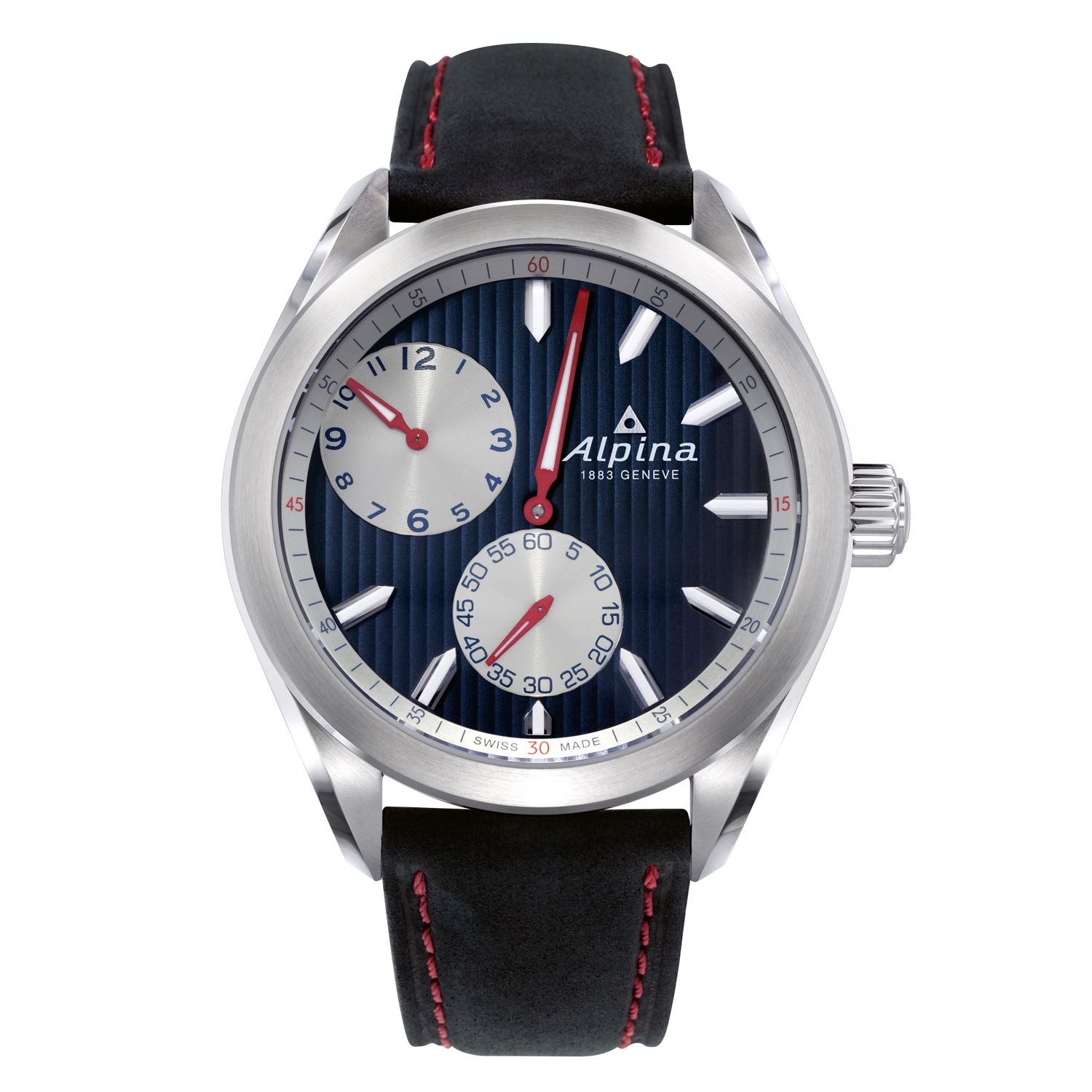
Alpina Avalanche Regulator
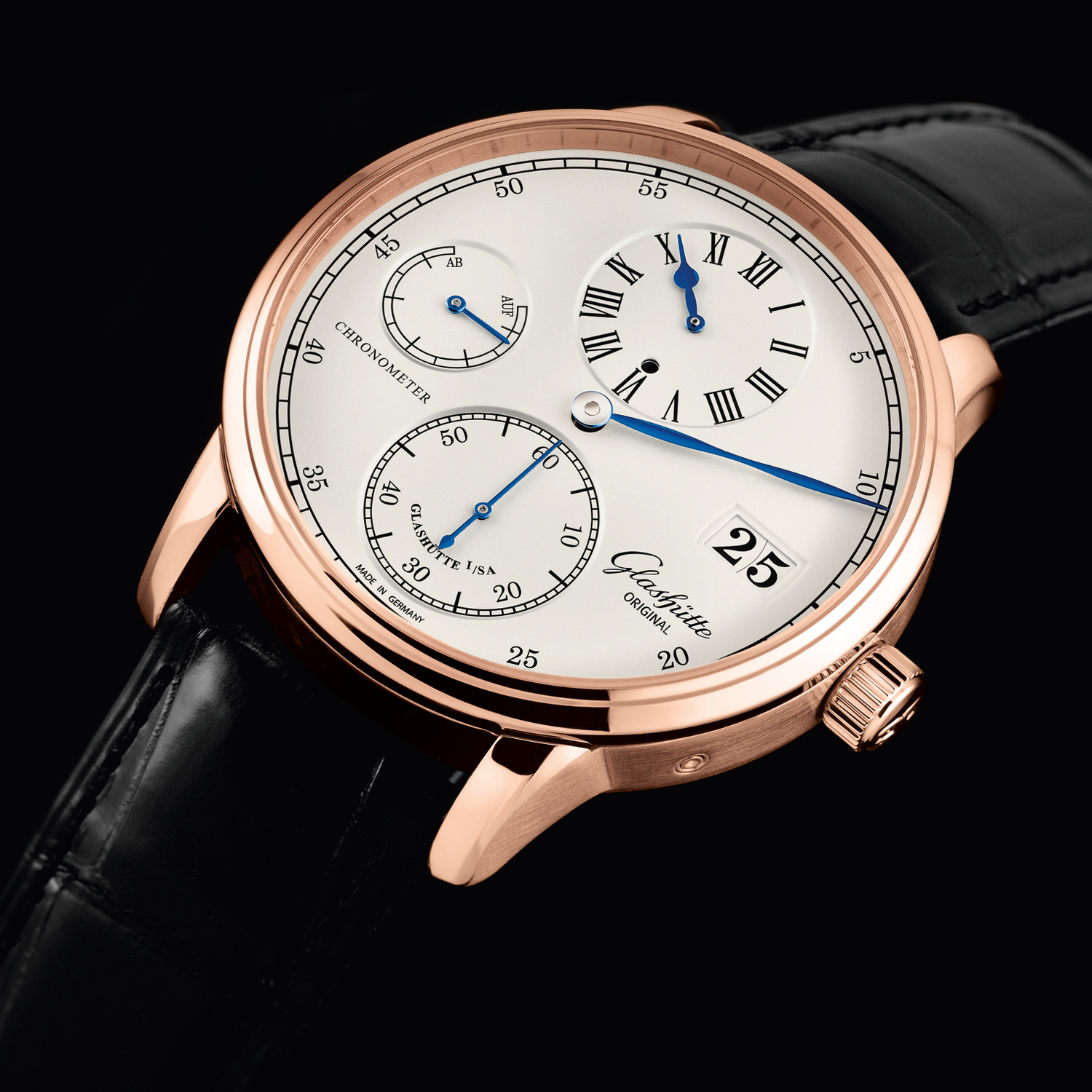
Glashütte Original Senator Panorama Regulator
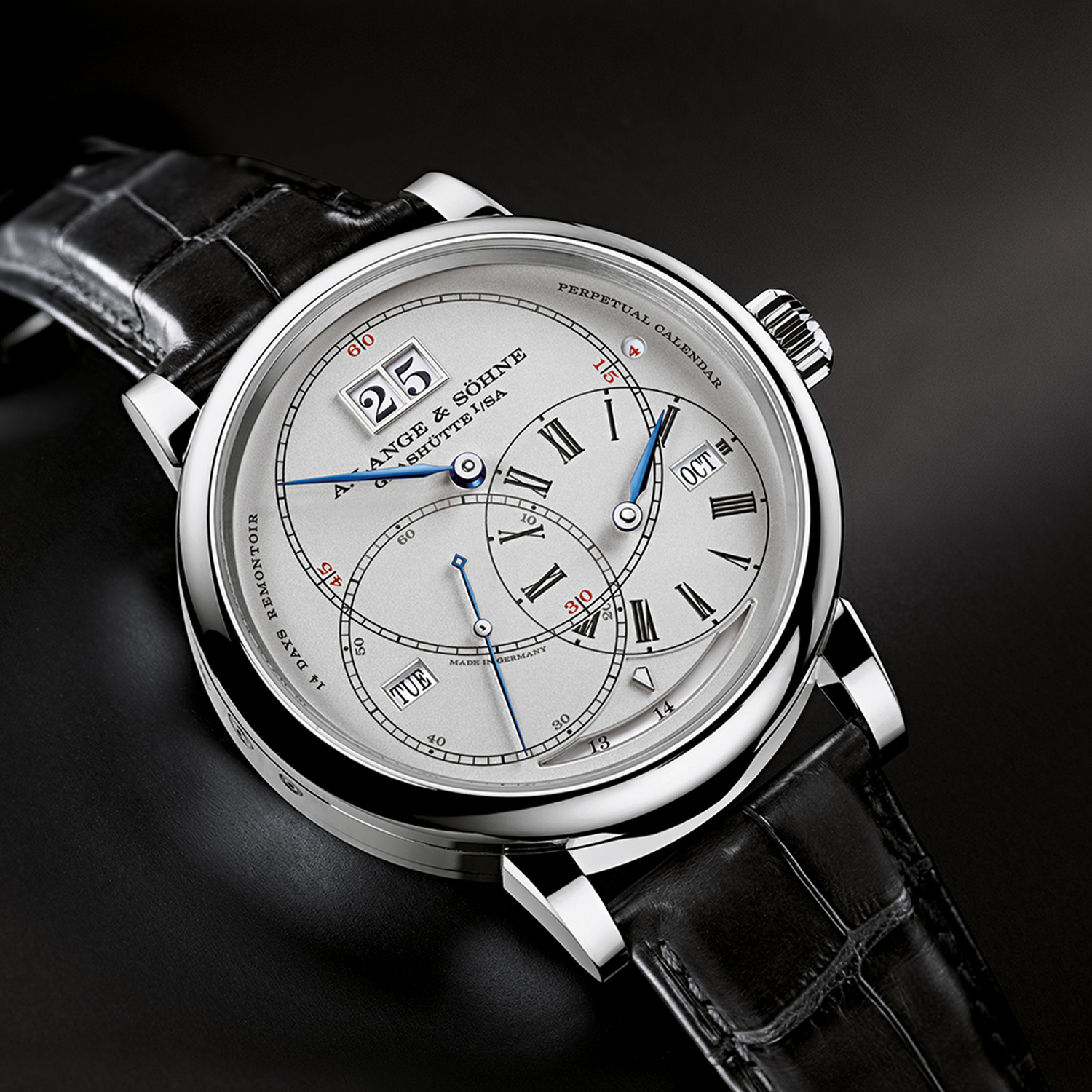
A. Lange & Söhne Richard Lange Perpetual Calendar “Terraluna”
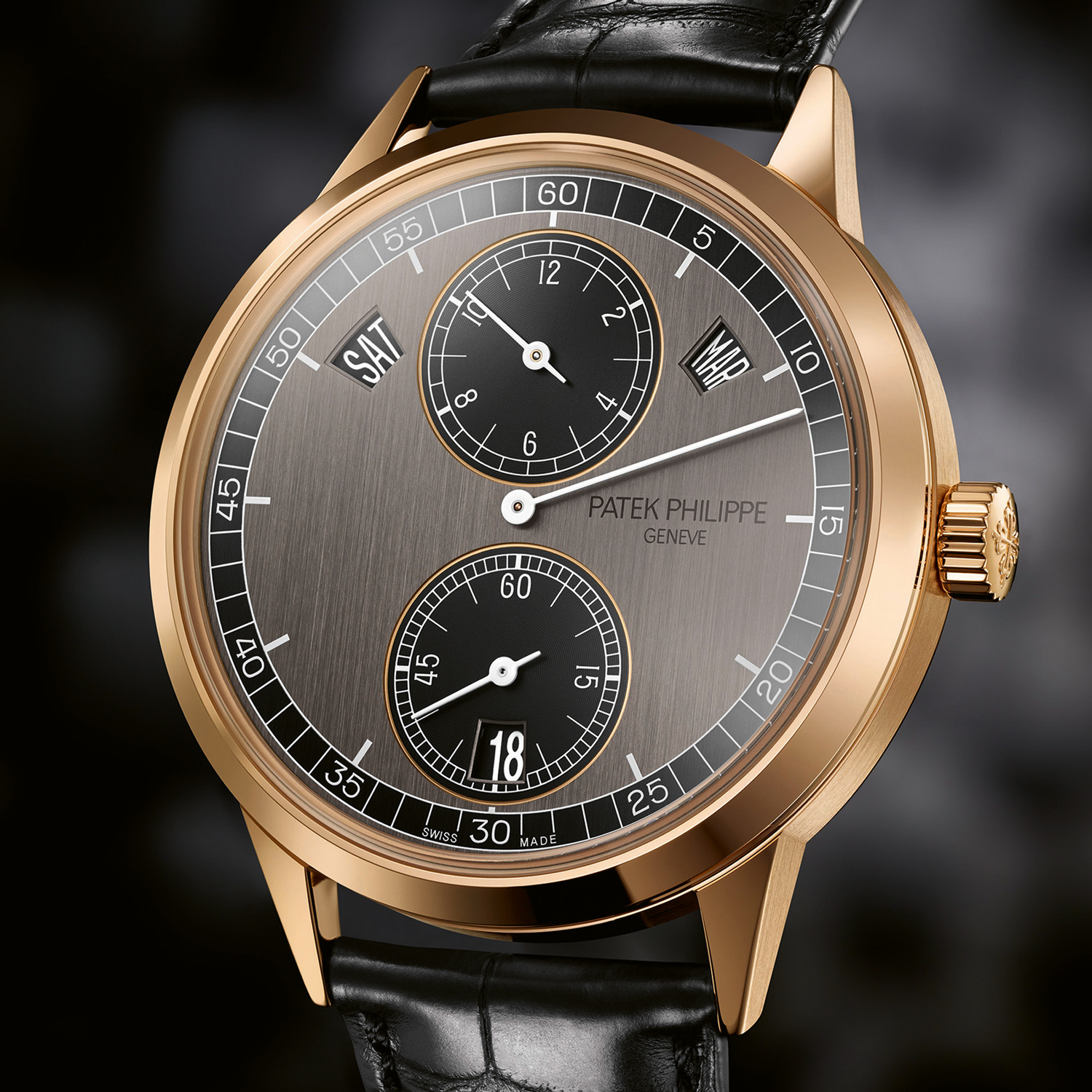
Patek Philippe Annual Calendar Regulator (ref. 5235/50R-001)










